SuperRare Museum of Art will be open on this Saturday, June 20th in Decentraland with exhibition CRYPTOPOP featuring 9 of our best pop artists. The opening will last from 8pm to 10pm UTC.
At Decentraland we have always been passionate about the arts and it inspiring for us to see the top digital artists in the NFT space building such awesome experiences. We are really excited about Art Week and honoured to have SuperRare as a partner. The Crypto-pop exhibition looks so much fun and is packed full of quality artists.
–Sam from Decentraland
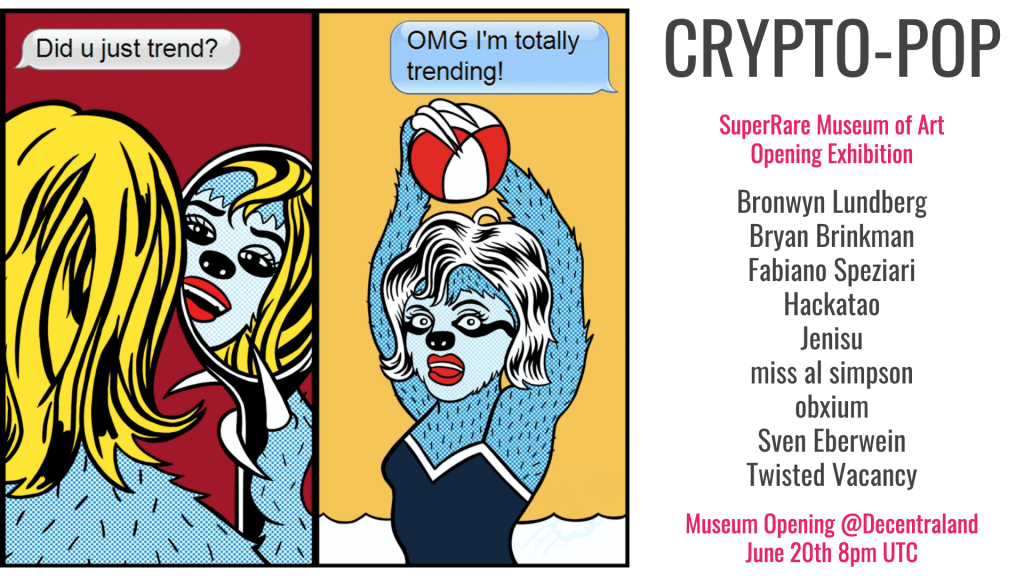
What is “Pop Art”?
According to Tate Art Term, pop art is an art movement that emerged in the 1950s and flourished in the 1960s in America and Britain, drawing inspiration from sources in popular and commercial culture.
In the United States, pop style was a return to representational art (art that depicted the visual world in a recognizable way) and the use of hard edges and distinct forms after the painterly looseness of abstract expressionism. By using impersonal, mundane imagery, pop artists also wanted to move away from the emphasis on personal feelings and personal symbolism that characterized abstract expressionism.
In Britain the movement was more academic in its approach. While employing irony and parody, it focused more on what popular imagery represented in America, as well as its power in manipulating people’s lifestyles.
Pop Art is rooted in mass appeal and mass production.
–Bronwyn Lundberg
Bronwyn Lundberg
Bronwyn Lundberg is a painter and animator known for her pop culture iconography and animation for Super Deluxe.
Pop Art speaks to my love of vibrant colors and representational imagery I obsessed over in my youth. When you ask someone to think about Pop Art, almost everyone can think up a quick reference. They can probably even draw it for you because the imagery is so memorable and graphic. I think it’s great that the art world created this point of entry for creatives in the ‘50s.
I have always been amused by the use of blonde hair and red lipstick to represent femininity. It’s so over the top and unnatural, but that’s also why I’m drawn to it. I love to play with unlikely characters who would never be seen wearing these two things and I like to imagine how it transforms their personalities. It’s all just drag, even for the ladies.
I think this closely relates to the concept of Digital Art, which can be reproduced and shared endlessly. Before Crypto came along, I assumed my digital work would never enter the art market unless I physicalized the piece. Crypto legitimizes the Digital.
“Did you just trend?” is a diptych of Lichtenstein’s 1961 painting “Girl with Ball” alongside one of his many portraits of a woman gazing into a mirror. Are these two “Girls” friends? Twins? Are they the same entity experiencing separateness as an illusion? Does it really matter as long as they keep on trending forever? “Suck-ulents” celebrates the ‘60s color palette and psychedelic nature of the natural world. “u r winning #tbt”: These Clever Girls are desperate to fit in with classic beauty trends inspired by Pop Art, and their dedication to modern culture is made complete with the addition of their super cool 90s Dream Phones and fanny packs! “Golden Teachers” is my most recent work and it exists alongside “Suck-ulents” in the digital psychedelic Pop Art garden I am currently cultivating.
Taking current ideas, visuals, and events, and simplifying them down to a form that is instantly pleasing to the eye.
–Bryan Brinkman
Bryan Brinkman
With a background in animation and motion graphics, Bryan Brinkman creates pieces that reflect creativity, self-reflection, and community. His works pull from aspects of pop-culture, pop-art, and colors that “POP!”.
My work draws inspiration from the vibrant colors used by Warhol, Haring, and Lichtenstein, while my visuals draw from pop culture, social media, and the crypto culture.
Taking complex ideas like blockchain and cryptocurrency, and reducing them down to colorful symbology will hopefully be a way to help access the ideas on a more basic level.
Some of my pieces draw inspiration from movies (Vortex references Evil Dead), some take ideas from social media (Thumbs Up brings in the “Like” icon) and others bring in familiar iconography from our current digital creation/programming landscape (Folders, VR Headsets). All of these pop culture references are used to entice the viewer with familiar imagery, and then convey deeper ideas.
Sometimes art can simply be enjoying the beautiful.
–Fabiano Speziari
Fabiano Speziari
Half industrial designer half artist, Fabiano Speziari likes using different media. Pop art, colors and minimalism are the guides of his work.
For me, Pop-art is an art accessible to everyone. It is not elitist and pleases even without having to carry complex concepts with it.
What inspires me most about pop-art:
- Clear concepts that reach everyone.
- Seriality, like editions.
- The way of representing objects, which is closer to advertising and comics than to the classic one.
- The representation of commonly used things.
Which of all the media would be better than cryptoart in bringing pop-art to the majority? Cryptoart uses one of the most widespread systems ever: the Internet. The one that revolutionized and that is revolutionizing everyone’s life day after day.
The works I have chosen bring clear and defined messages. Clod 771 represents the current way of life, piled up in artifact structures and bombarded with disturbing messages about our safety. Digital monolith 311, and the following that I will create, are nothing more than an ideal representation of what the digital worlds are, data, exchanges of information. Loop systems, defined, hypnotic and reassuring.
Pop Art is for everyone, forever.
–Hackatao
Hackatao
Hackatao merges the cultured quotations from the past to bold and ultra-contemporary forms, standing out as an innovative exponent of the current artistic scenario. The artistic diptych Hackatao is formed by Sergio Scalet and Nadia Squarci. The duo was formed in Milan in 2007 working together with the creation of the Podmork, sculptures with soft and totemic forms, which are at the center of their imaginative research.
We like Pop Art’s immediate and universal language, its strong colors, flatness. Additionally, Pop Art has been raising the problem of reproducibility of artworks since when it was born. That same issue that we have solved in part through the blockchain.
Our art is itself very pop. The subjects and the techniques we use are already pop, but without copying Pop Art’s icons. We try to find new elements of contemporary pop.
In the last part of his practice, Andy Warhol got close to digital art with his Commodore “Amiga 1200”. We like to think that if he was still alive, following his innovative and curious spirit, he would be here with us experimenting digital art on the blockchain.
It’s the most natural way for me to express my ideas in a way that is both colorful and relevant.
–Jenisu
Jenisu
Jenisu is a digital artist based in Tokyo. Themes include technology, architecture, retro aesthetics and interior design. Jenisu aims to pull the viewer into her imaginary world with realistic perspective and scale, combined with her signature color palette and detailed outlines.
With pop art, I can create a more vibrant version of reality and everyday life. I look up to KAWS and Takashi Murakami. Their takes on pop art which consist of clean lines and flat, bright colors have inspired me to be bold in my own works. Beyond visual elements, I feel inspired when I see their innocent outlook on life reflected in their art.
Still Life #1
Soda cans, instantly recognizable, are a major symbol of pop culture and have been shown in mass media for generations. This means that everyone has an emotion tied to them, and this depends on the viewer’s own personal experiences and perception. My emotion tied to this object is happiness, and the dream that is sold to you through the advertising of it. The feeling encompassing this work is that the soda can is larger than life, and tastes like what happiness feels like. It’s an irrepressible feeling that overflows.
Still Life #4
The imagery of retro items like this game console would be lost to time if it weren’t for the reviving of the memory through pop culture and art. The price sticker is a sign of the era from which it came from, and how much things have changed since then. I created this work with the intention of remembering what has come and gone, and the feelings and memories associated with those things. Although in the past, it still lives on in our hearts and minds.
Still Life #7
Retro consoles and technology are forever instilled in my heart from my childhood, and are rediscovered by new generations to admire and appreciate. No matter how much time goes by, the love for these objects will never die. The room illuminated by the TV and the rainbow testing screen are common childhood memories, which triggers nostalgia in a lot of people. The design and aesthetics of retro tech are iconic and well-recognized in pop culture, making them desirable objects for turning into art.
COVID-19 #1
With COVID-19 taking over the world’s collective consciousness for the past half year, we’ve turned to obsessive hygiene and cleanliness as a way to maintain some semblance of control. Our relationship with cleaning products is heightened and they’re in the forefront of our minds as we’ve gone about our days during this pandemic. In this work, the soap is hitting the water’s surface and sending ripples over it. The ripple effect from what’s happening right now will stretch into the future, and change things in ways we never imagined.
COVID-19 #2
Cleaning sprays and bleach have become a sought after commodity during these COVID-19 times. A mundane element from our pre-pandemic lives has become something we have a much greater appreciation for. I wanted to create a work highlighting the distinct silhouette, shapes and colors used in the packaging of these products. This object brings with it a feeling of safety and calm, which is something we all need more of in these uncertain times.
That’s what all Pop Art, both British and American, ever does. It subverts the old dream and in doing so reveals a new one.
–Miss Al Simpson
MISS AL SIMPSON
“Miss Simpson creates arcane iconography to redeem your soul from a recidivist consumer culture” –C.C. O’Hanlon
Pop Art, for me, has both elements of British Pop Art and American Pop Art. British Pop Art started out as being about viewing American culture from a distance. It was about re-interpretating what American popular imagery represented in terms of modern marketing and the subsequent manipulation of people’s lives and habits. In a way, I tend to see it as a form of subverting the glamorous manipulation of relentless marketing that grew into a multi billion business from the 1950’s onwards.
In 1957 British pop artist Richard Hamilton listed the ‘characteristics of pop art’ in a letter to his friends the architects Peter and Alison Smithson:
“Pop Art is: Popular (designed for a mass audience), Transient (short-term solution), Expendable (easily forgotten), Low cost, Mass produced, Young (aimed at youth), Witty, Sexy, Gimmicky, Glamorous, Big business”
A lot of British Pop Artists like Richard Hamilton and Edinburgh’s very own Eduardo Paolozzi used collage to explore these concepts.
One of my bodies of work which falls into this “British Pop Art” has been the “Old Money Corrupts” series. In a series of digital collages, I explore this concept of “Old Money” corrupting women who are rich American socialites. “Old Money Banquet” shows one such socialite gorging on filthy dollars, so much so that all she sees are dollars in one eye.
In line with British Pop Art traditional use of collage to explore the “glamorous manipulation of marketing”, I have some other artworks, which I would deem to be more subtle but which would still firmly fall within this genre. One that fits this perfectly is “Siberian Noise”. This digital collage reveals a young woman admiring her beautiful leopard print reflection, as if she has stopped to admire herself on Fifth Avenue or Rodeo Drive. Except, this artwork subverts the landscape and places her, unwittingly, in a cold Eastern block city. Is she subverting the East or is she so obsessed by her reflection that she doesn’t even notice where she is? Themes of Cold War and the global effect of American marketing run through this artwork.
Another artwork that fits the British Pop Art genre is “Miami Reborn”. This sun-kissed socialite seems to be in a very different environment than her counterpart in Siberian Noise, however, both shows elements of fragmentation. The woman in this collage is trying too hard to sell the glamorous dream. Sharp horns, Distorted flicks of congealed paint and worn out Miami facades belie the dream of luxury that she is trying to portray.
American Pop Art is different as it is a representational form of visual art, from American artists actually living in that culture. Artists such as Warhol, Rauschenberg and Lichtenstein are my favourites. I loved how they used the more mundane elements of everyday marketing to subvert the narrative. The use of distinct objects removed the emotion and left the viewer with a sense of the coldness of modern marketing.
Warhol in particular was brilliant at exploring this “objectification” in the eye of the beholder with his famous screen prints of celebrities.
My “Cash Slave II” is a good example of this pop art tradition of objectification. The glamorous woman letting dollar notes fall through her hands like silky greed sums up everything that is subversive and wrong about the marketing messages of luxury we are fed every single day. She is posing but all she really represents is a slave to the dollar. She is in Old Money chains but does not see that she is an object in the eye of the viewer.
On a more playful note, I think “Bitcoin Bitch – Token 5” has elements of Lichtenstein’s playful parody of modern culture. This artwork shows a woman almost as a kind of “crypto superhero” here to save the world from “Old Money”. On a more serious note, I truly believe that Bitcoin and other crypto currencies have the power to offer many people, including women, true financial freedom. Maybe that is why she has a stare-them-down, no messing attitude and she is posing in front of the many many faces of George Washington. She represents a new kind of American dream.
The crypto art space is now full of its own logos & branding
–obxium
obxium
obxium is a simulated artist. Art is an efficient medium when it comes to illustrating, demythifying, debating & subverting the blockchain & its many promises.
There are thousands of souls in the world creating beauty who are under the radar as product designers or graphic artists or illustrators for the conceived mundane. Imagery that becomes part of our everyday lives goes largely uncelebrated and so to me, pop art helps to elevate these unsung creators by recognizing that there is art in the imagery of popular culture as well.
I am largely attracted to brands and logos- things which last the test of time through gradual refreshing. Altered logos and branding are often elements of my work and I think a common element in a lot of pop art too. The crypto art space is now full of its own logos & branding- it is interesting to me to explore art that draws from the crypto art culture itself by looking deeper into the related marketing imagery.
“GLYPHONE” is a pictogram journey through a day in the life of a contemporary Pharoah. Much of the symbology chosen relates to the amount of noise one encounters every day in popular culture. “CRYPTO ARTIST” was made in reaction to the forcing of a quasi-popular-culture element in Crypto Art- that is, the oceanic entity a crypto artist should be associated with. We ended up voting to refer to ourselves as squid which is both absurd & a poor demonstration of concentrations of power in the space. “Druidic Forest” is a tongue in cheek reference to both an infamous crypto art collector & a particularly dangerous piece of art from the mainstream world. It’s a rare thing for me to feature so much text in a work, but this one has a whimsical story to tell if you can listen close enough. “IT WAS A WOLF!” is a very special piece about a rare individual who helped shape the early years of crypto art. Rare Pepes are a Bitcoin based art form that succeeded in cleansing a controversial meme image with art and became one of the first openly exchanged crypto art forms. This work was made specifically to thank Joe Looney for his Rare Pepe Wallet project and is actually a re-imagination of a DJ J Scrilla artwork that you can still find on rarepepewallet.com today.
Memes became the universal language of the internet. (Stonks!)
–Sven Eberwein
Sven Eberwein
Sven Eberwein is a new media artist working at the intersection of computer graphics & online culture. His digital works are emerging from references collected all around the web, set out to explore their impact and relevance in a new context. Works of the internet, by the internet, for the internet.
Pop Art Post-Internet. Pop culture, in our Post-Internet world, is digital.
CGI influencers have millions of followers, Virtual performances – Fortnite’s Travis Scott event is only one example – are bigger than any concert could ever be and Memes became the universal language of the internet. (Stonks!) Therefore, Pop Art today has to be digital and take reference from online culture.
Crypto Art connects what belongs together. Digital works referencing digital pop need a digital soul & identity. Pop Art has been waiting for Crypto Art to happen. For the first time a digital work of art can take on a life of its own, extending its relevance into the analog world.
Broken heart, how you give all you to someone, and even one bizarre ghost story that happened in my life.
–TwistedVacancy
TwistedVacancy
TwistedVacancy is an Indonesian Artist with D.I.D sharing what’s happened on his head through illustration & motion graphic with complex objects and surrealistic approach wrapped in immersive color combination. Heavily influenced by 80’s japanese artists and 90’s culture, TwistedVacancy represents many perspectives about life, pop-culture and esotericism through allegories displayed in his works.
My definition of Pop Art is quite simple, besides the complex stories and concept behind the art itself, it should be entertaining for the masses. It speaks on the same brain-wave lengths with everyone who sees it and people can relate to it. For both the meaning and the representation, it’s something we all can agree upon; it’s enjoyable.
There are several aspects of pop art that heavily influenced me in creating my pieces. I played a lot with color combination and keep exploring it day by day in my pursuit to create the “Pop” kind of art. I also mix objects and elements from some different pop culture to deliver some irony and satire.
It’s obvious that Pop art has deep connection to digital and crypto art, as one of the pop art characteristics is the innovation and techniques behind the art, both are displayed really well in digital and crypto art scene. What intrigued me the most is how we can bridge both scenes into the traditional art market through pop art. I believe it’s the power of pop art to speak to many people through the vibrant body of works it shows.
Besides all the vibrant colors and the digital technique, most of my works have deep relations to Pop Art from the satire & irony showed through all the subject matters within the piece. Most of my work tells stories from actual events, moods and feelings that I believe we have all gone through at least once in our life, such as a broken heart, how you give all you to someone, and even one bizarre ghost story that happened in your life.
–
What’s your idea of Crypto-Pop?
Curator @SuperRare

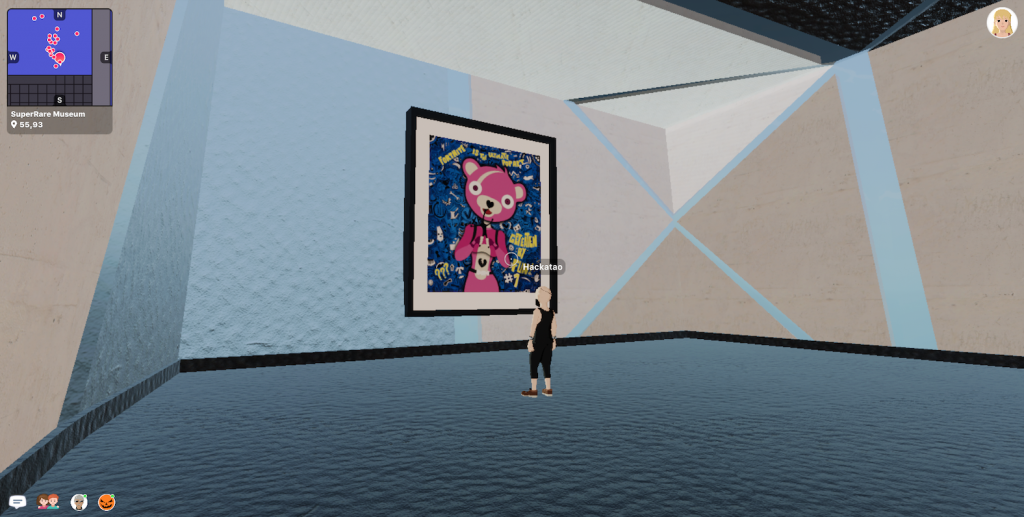
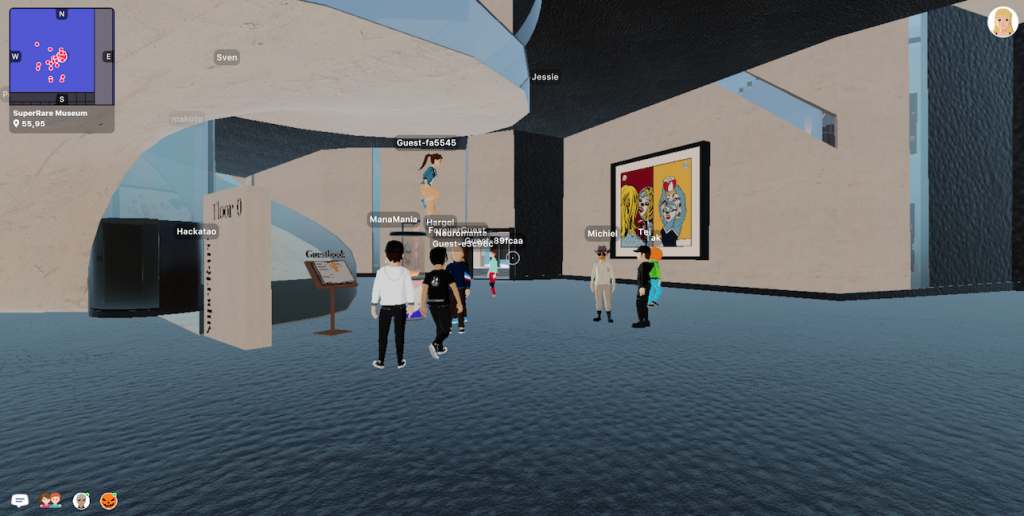
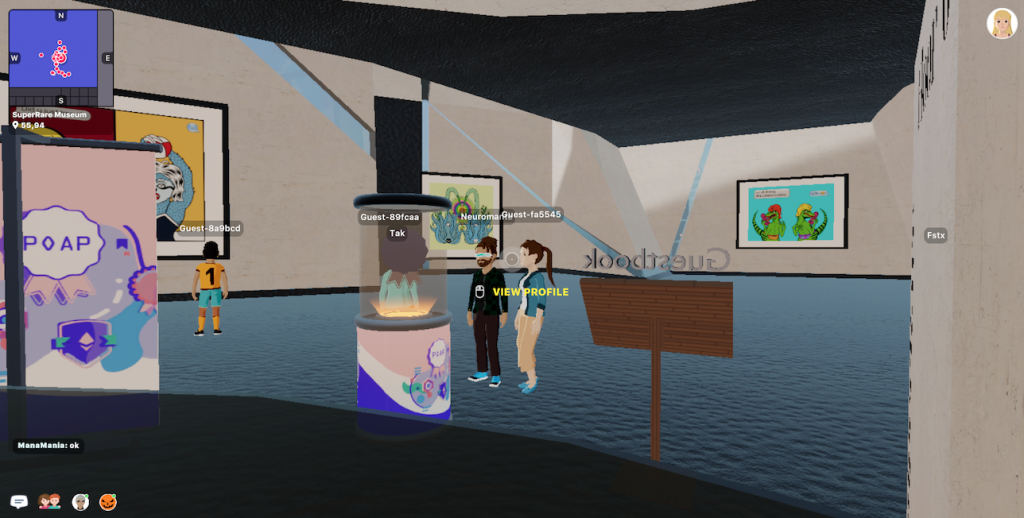
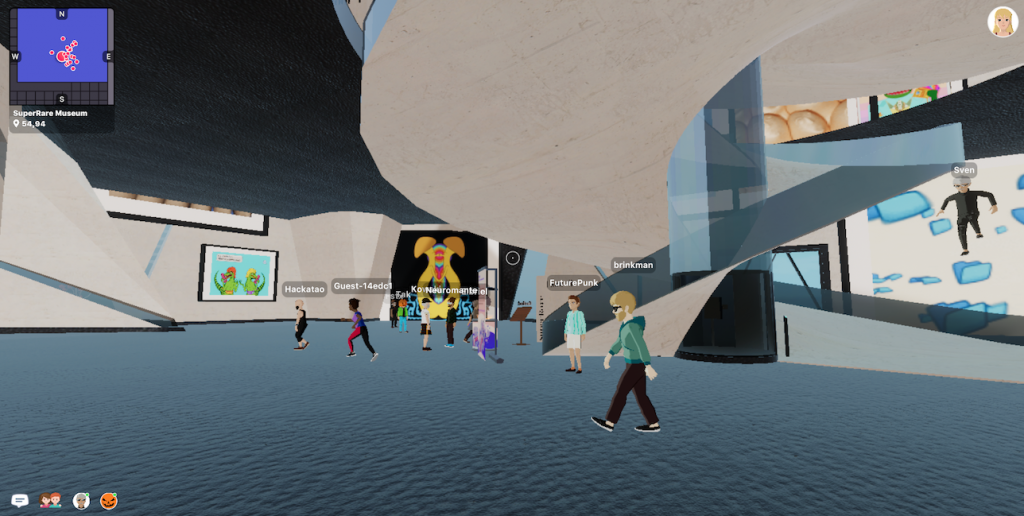
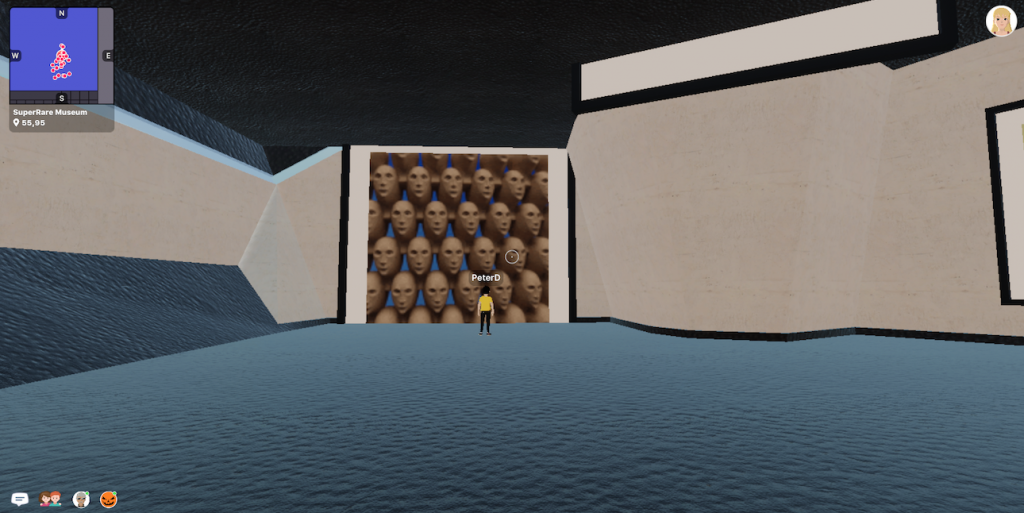

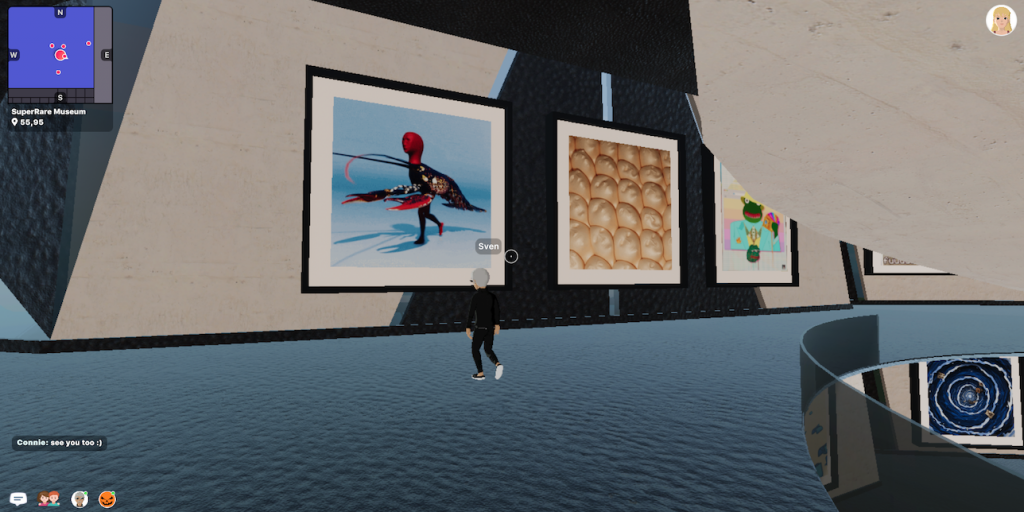

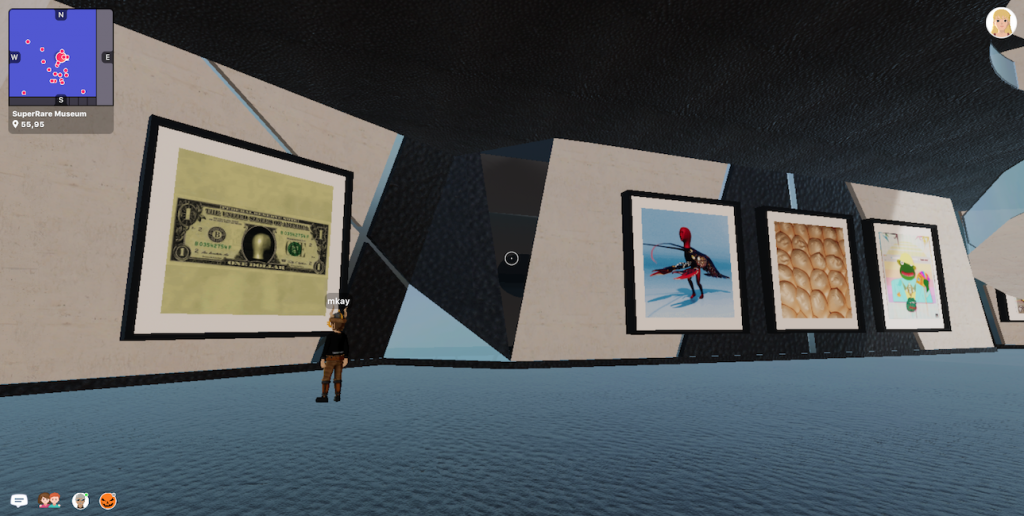
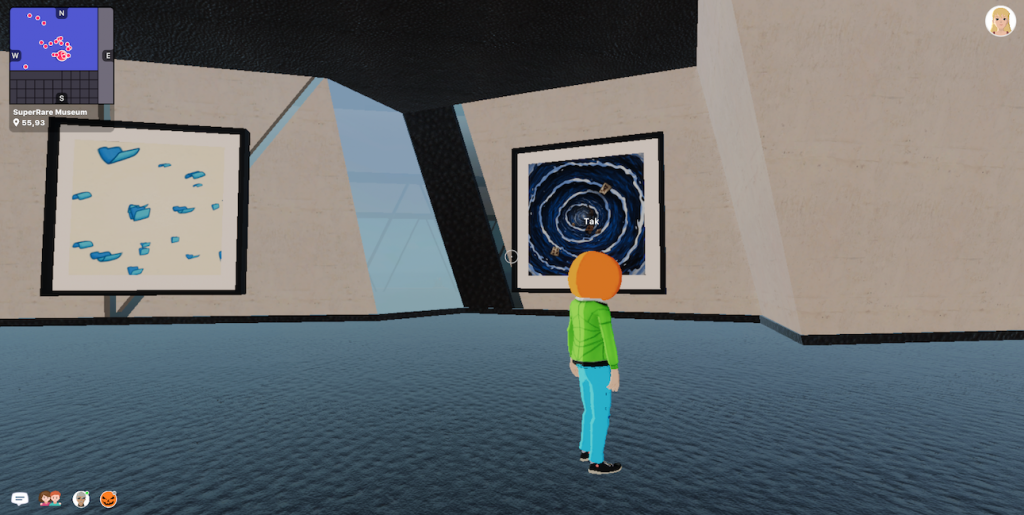
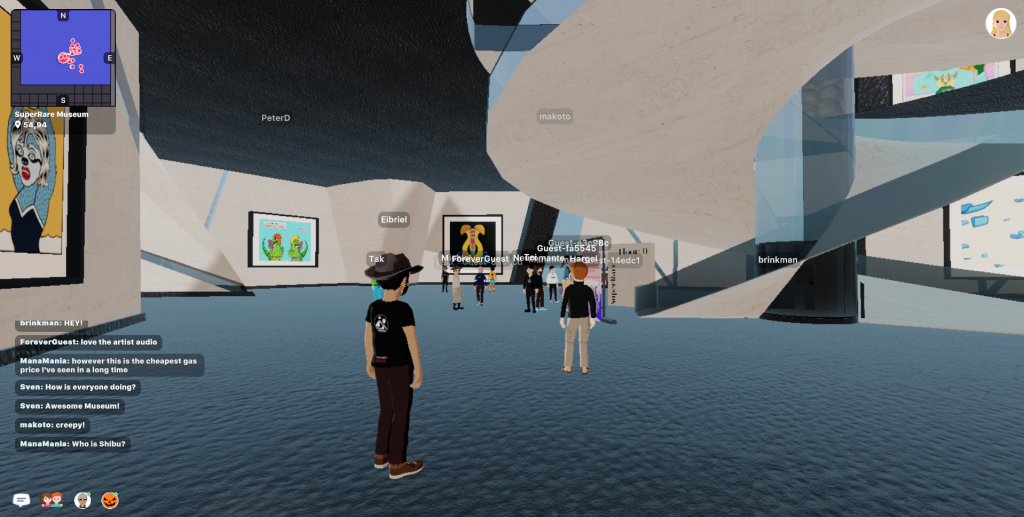


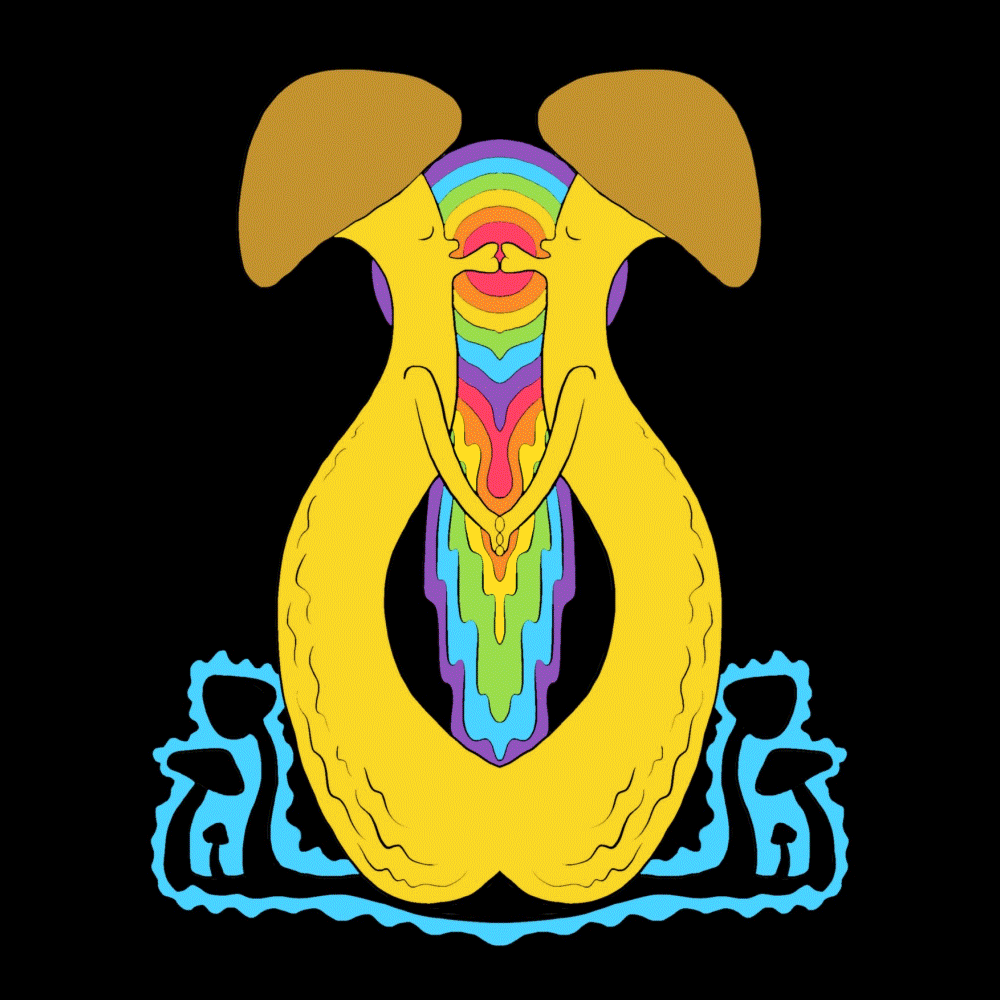
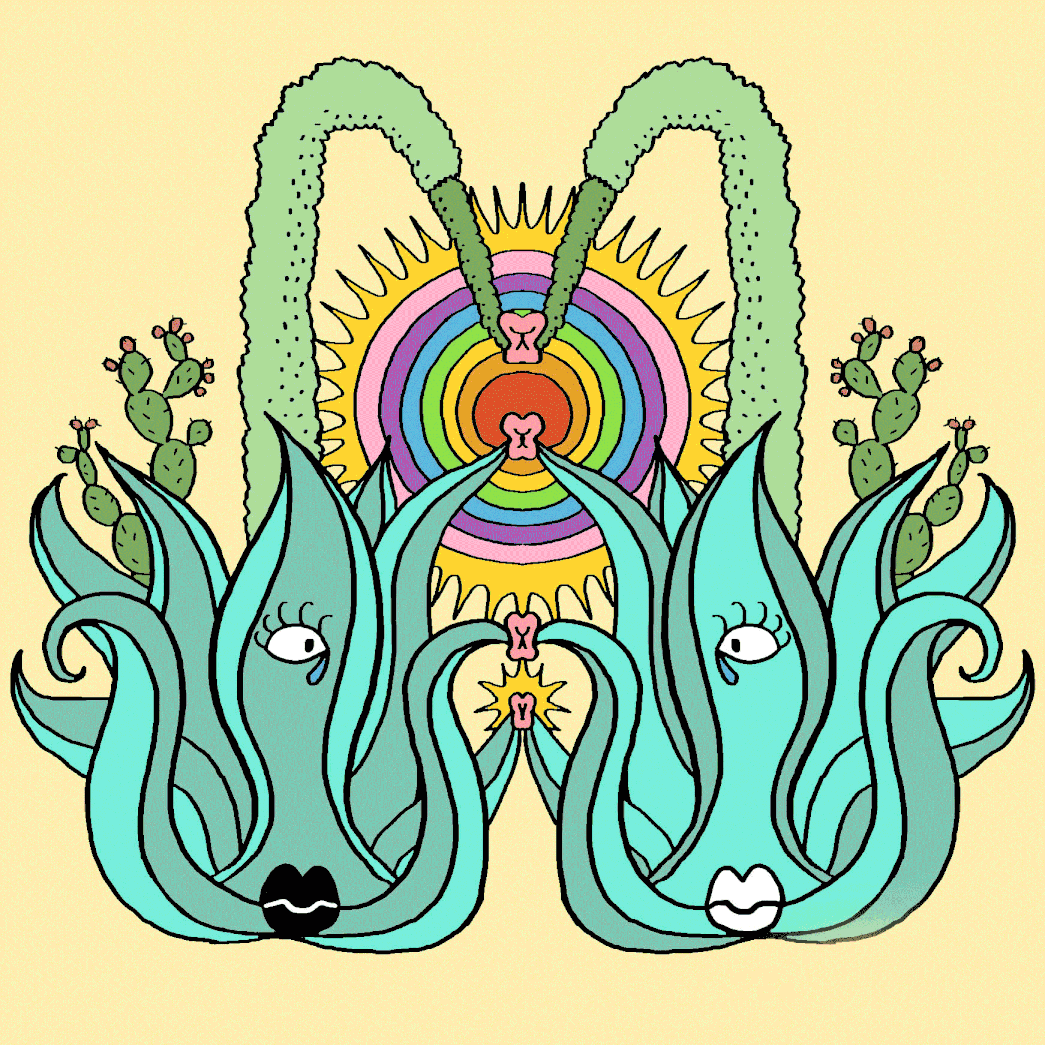
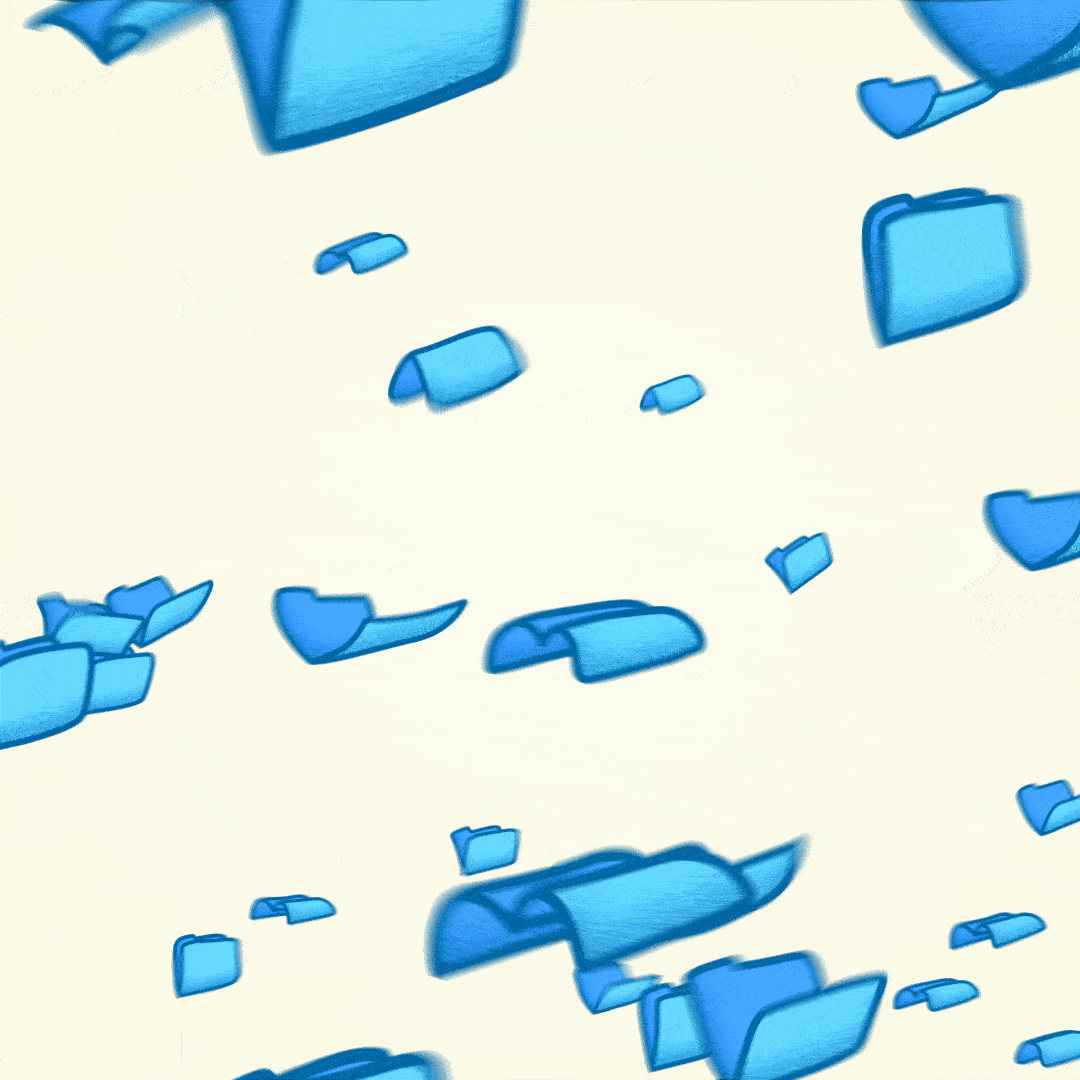
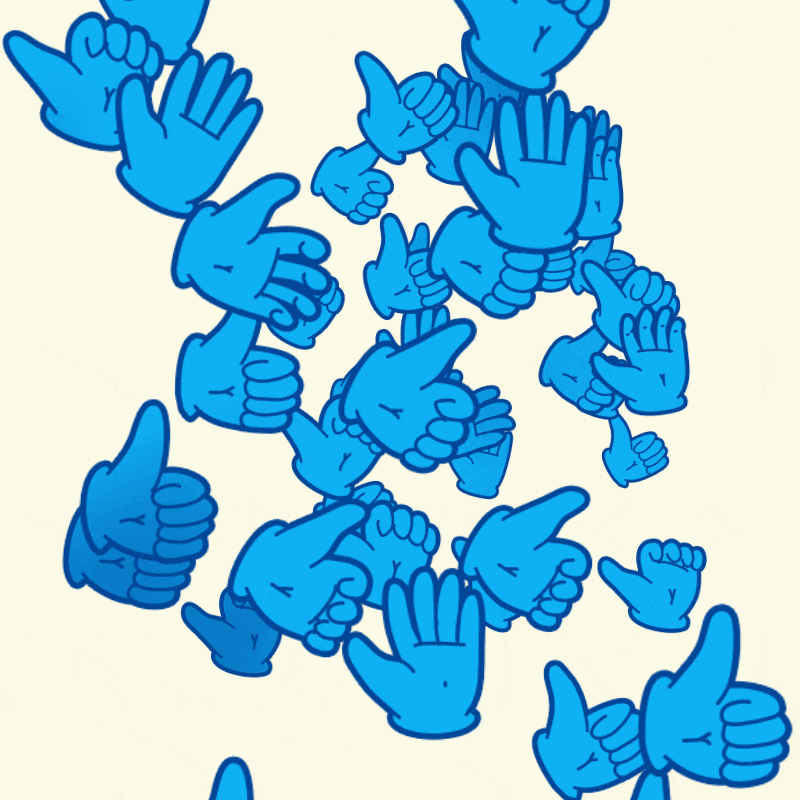
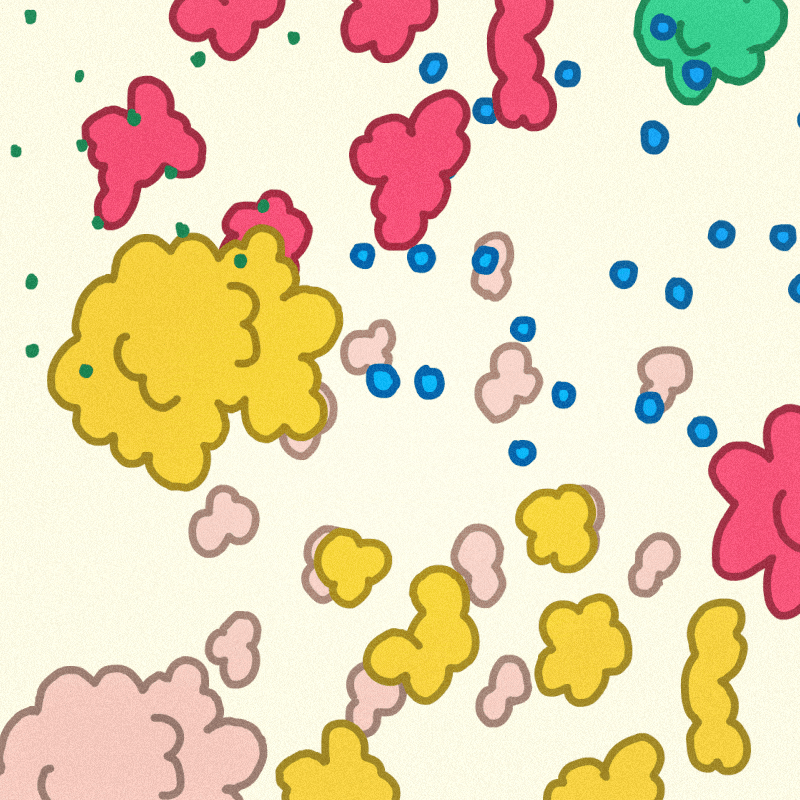


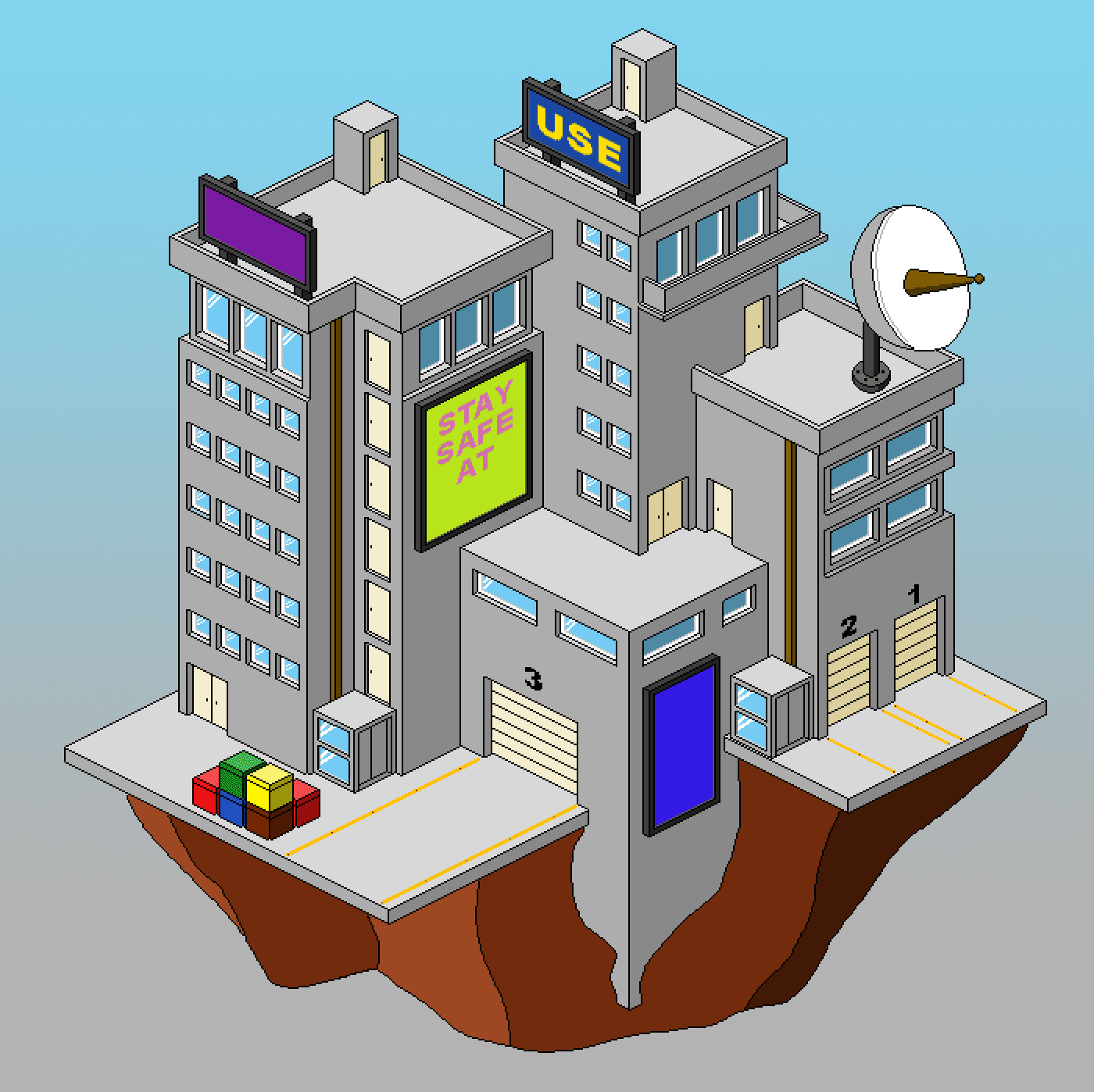


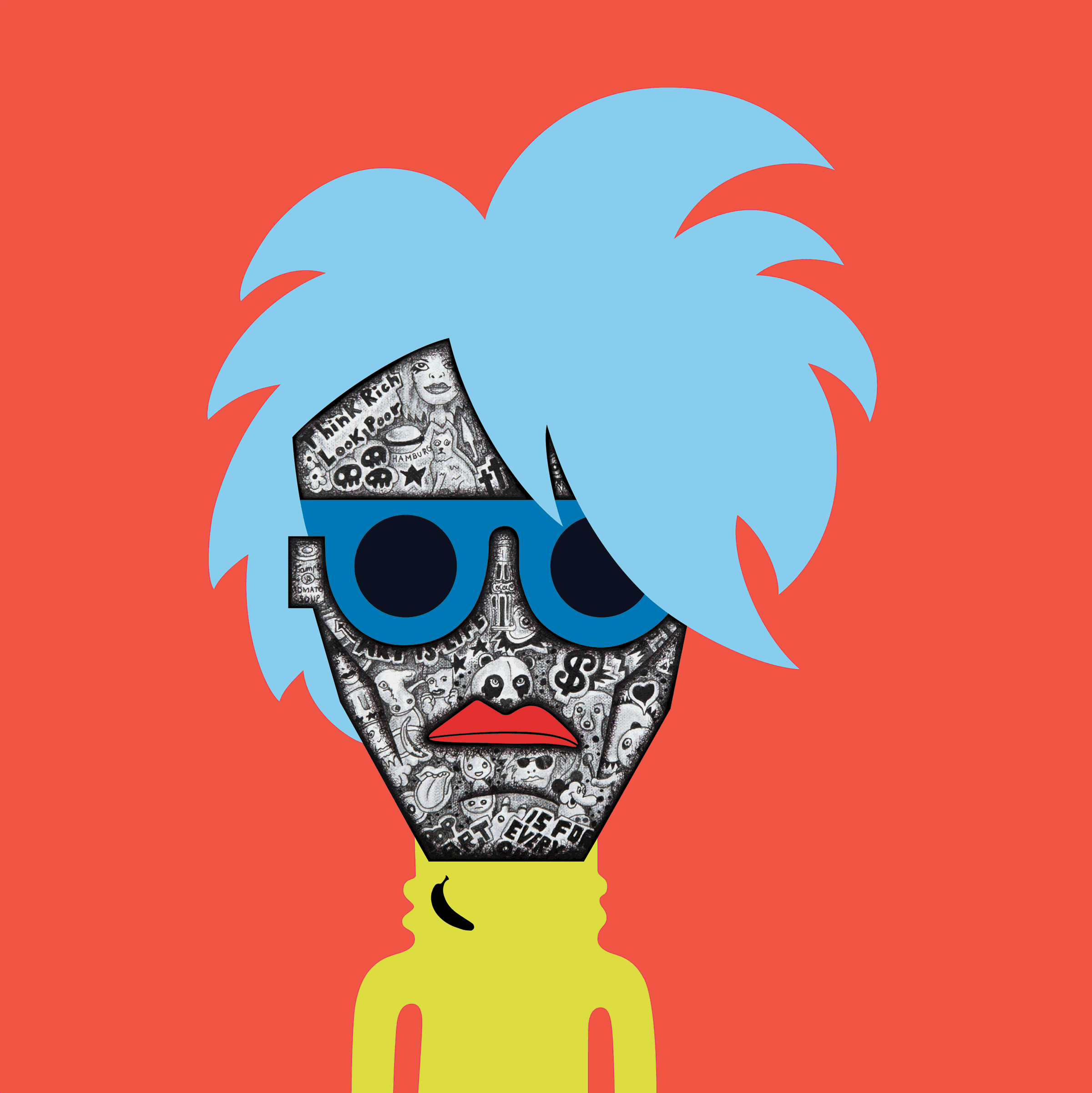
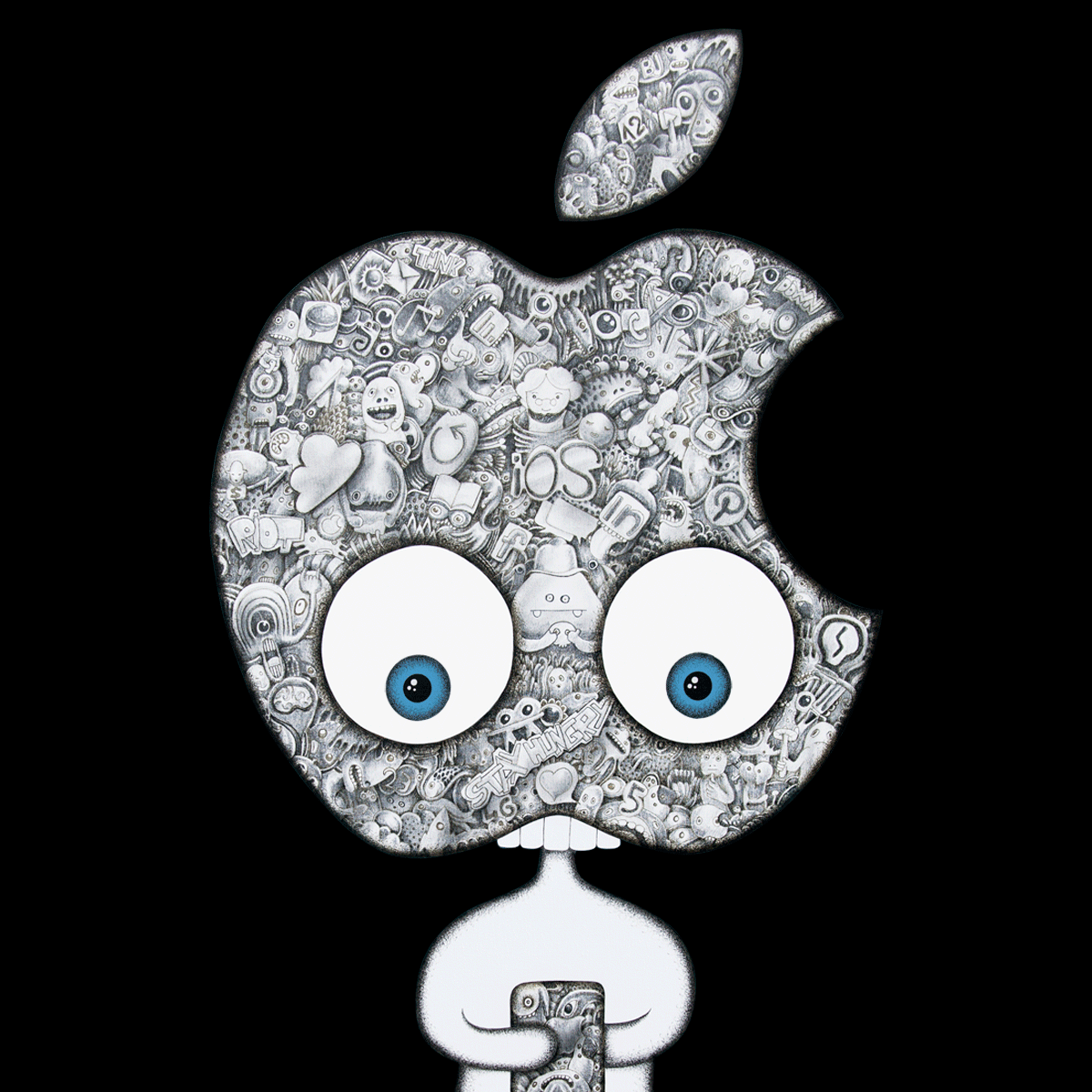



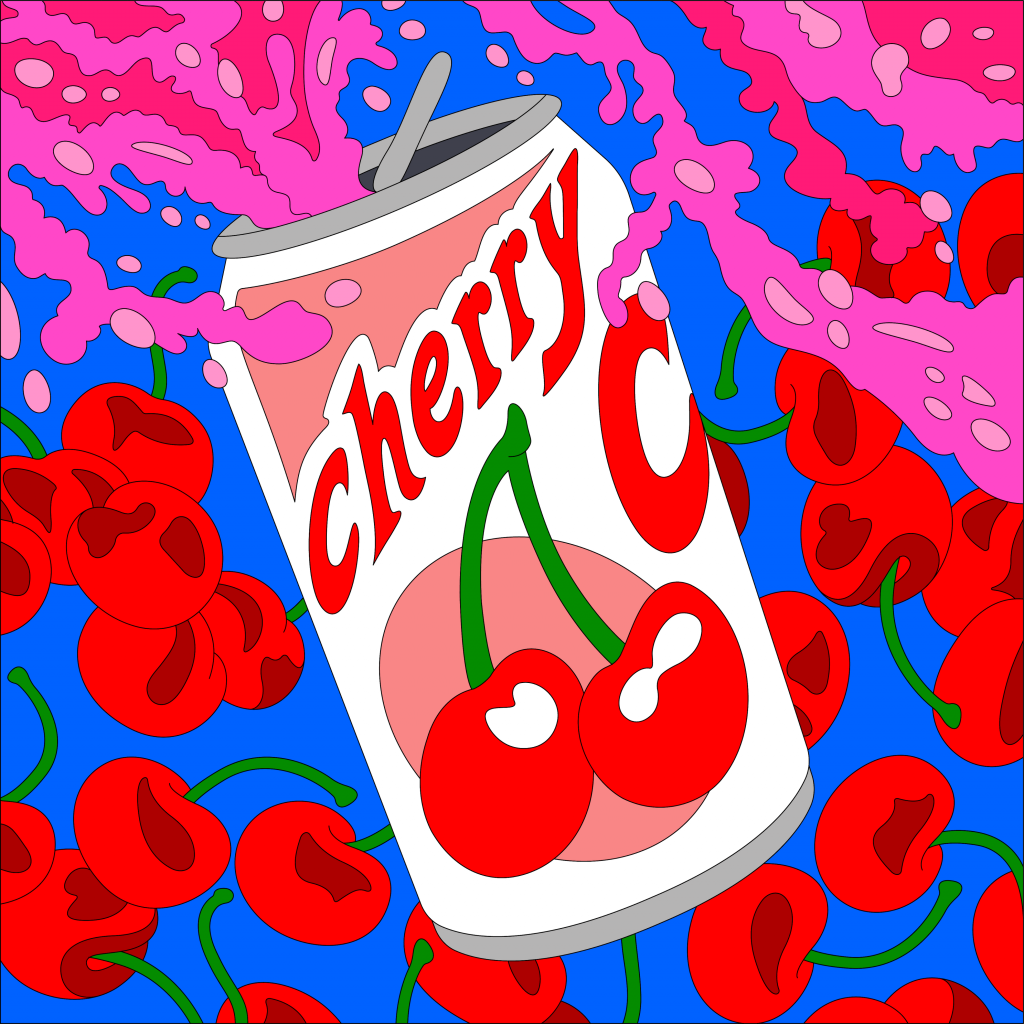
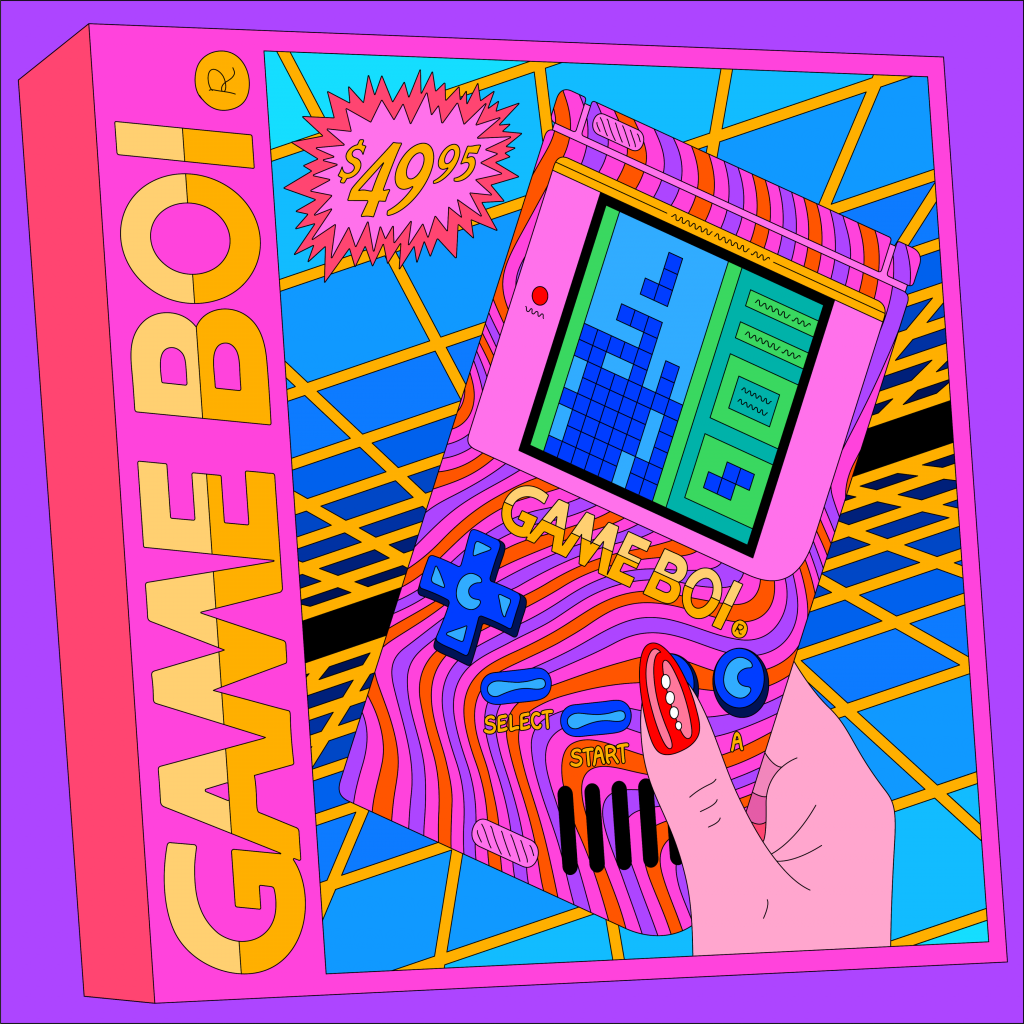
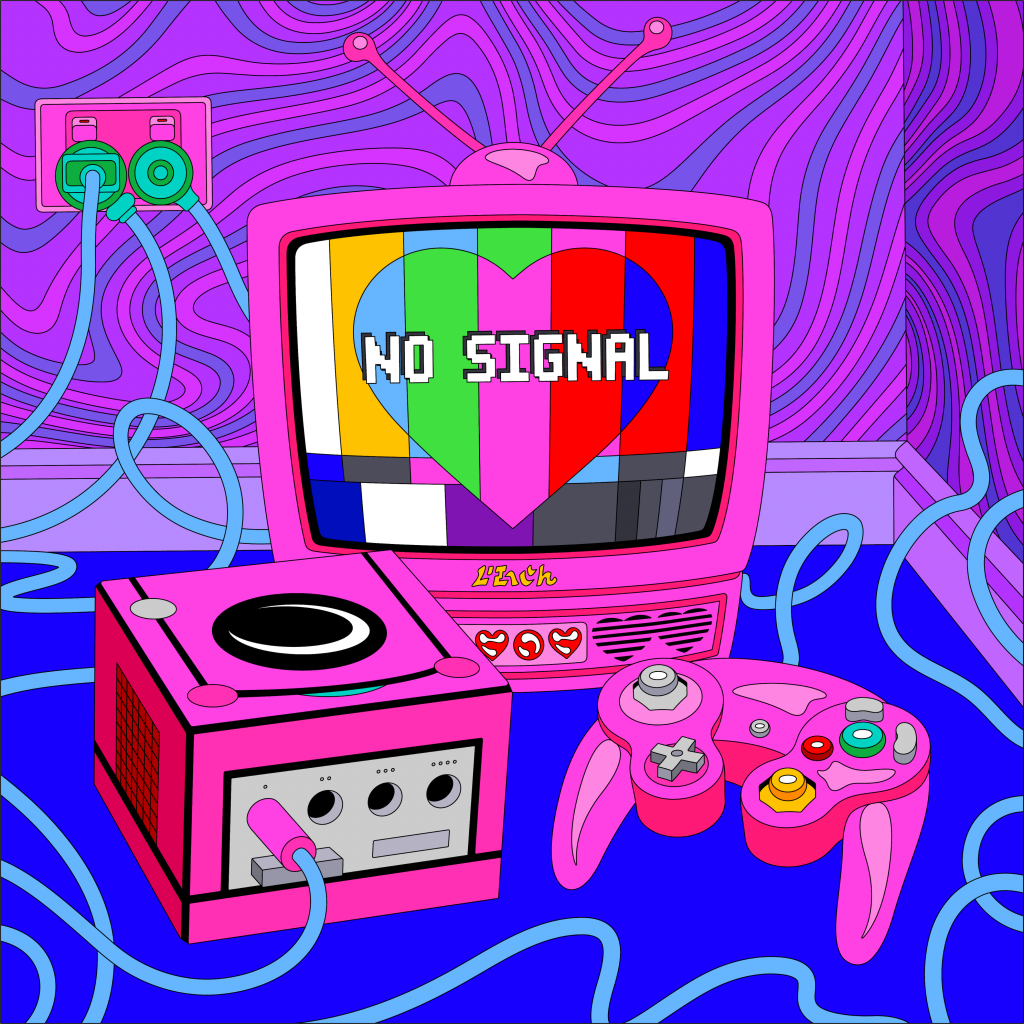
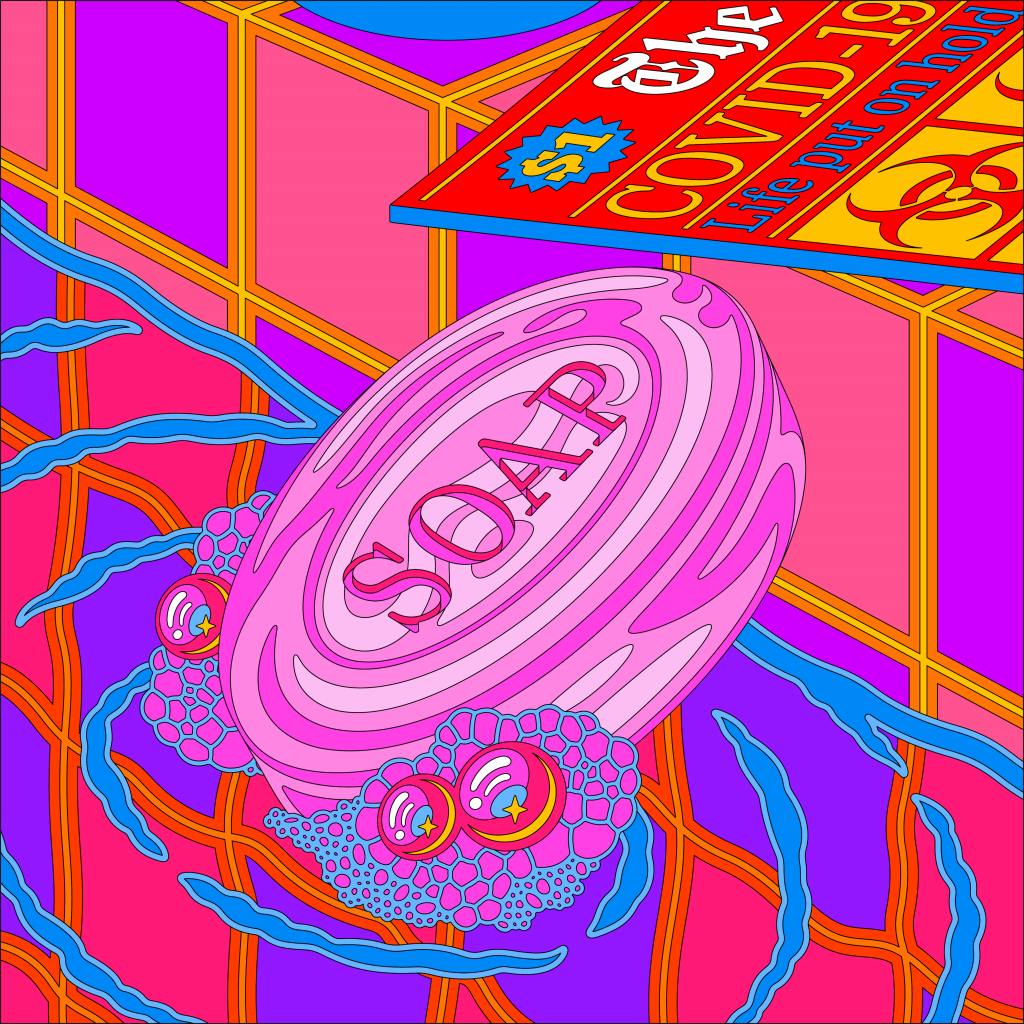
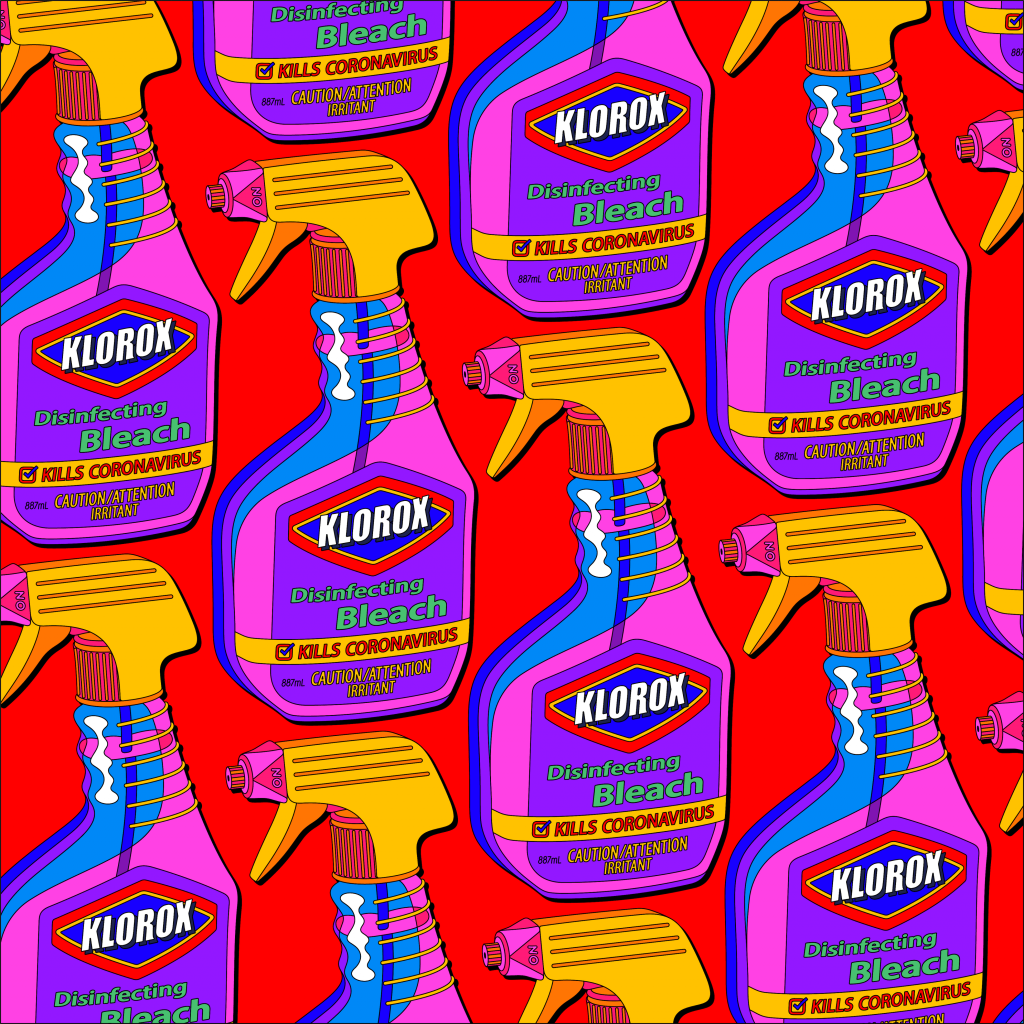
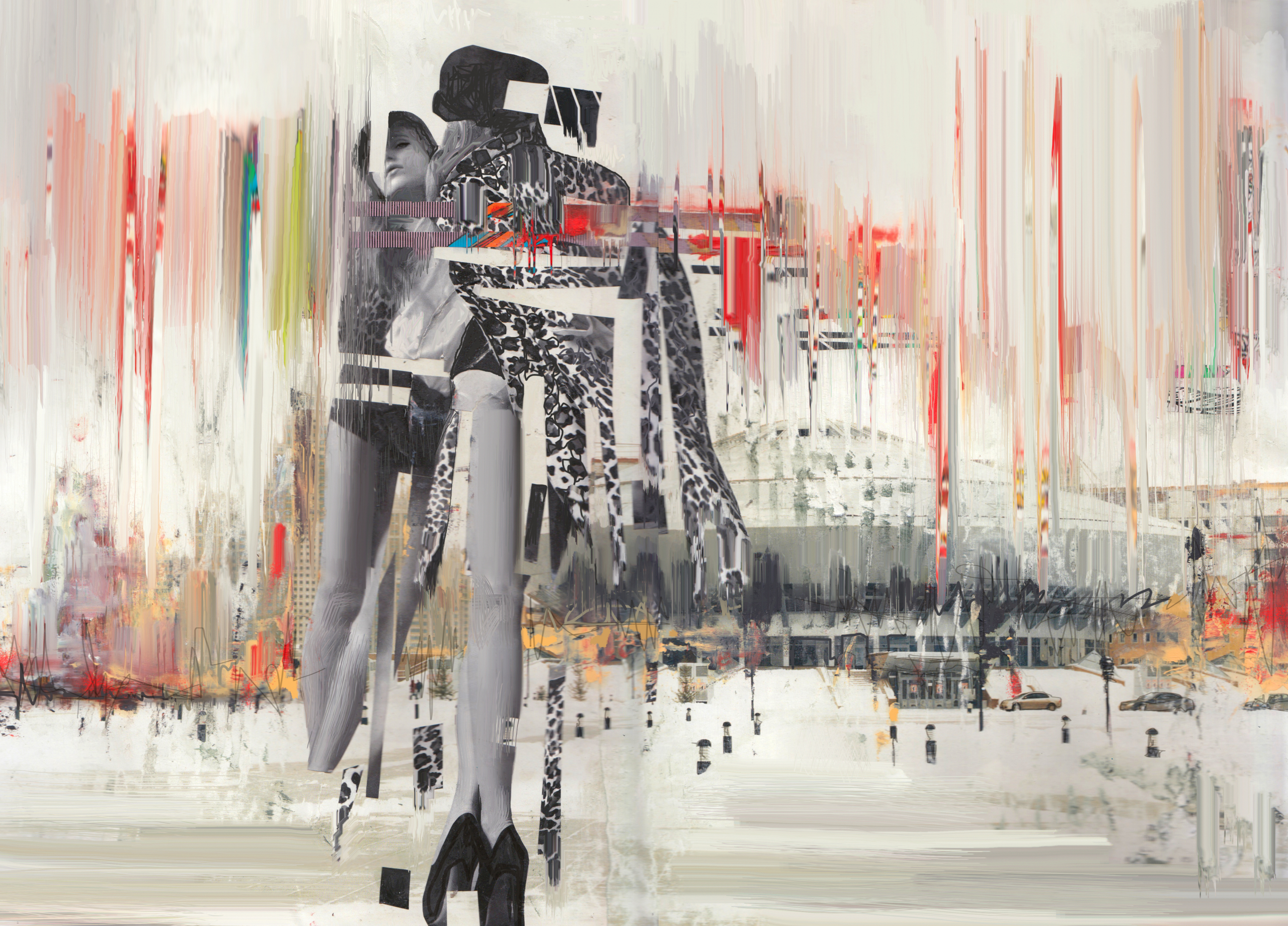

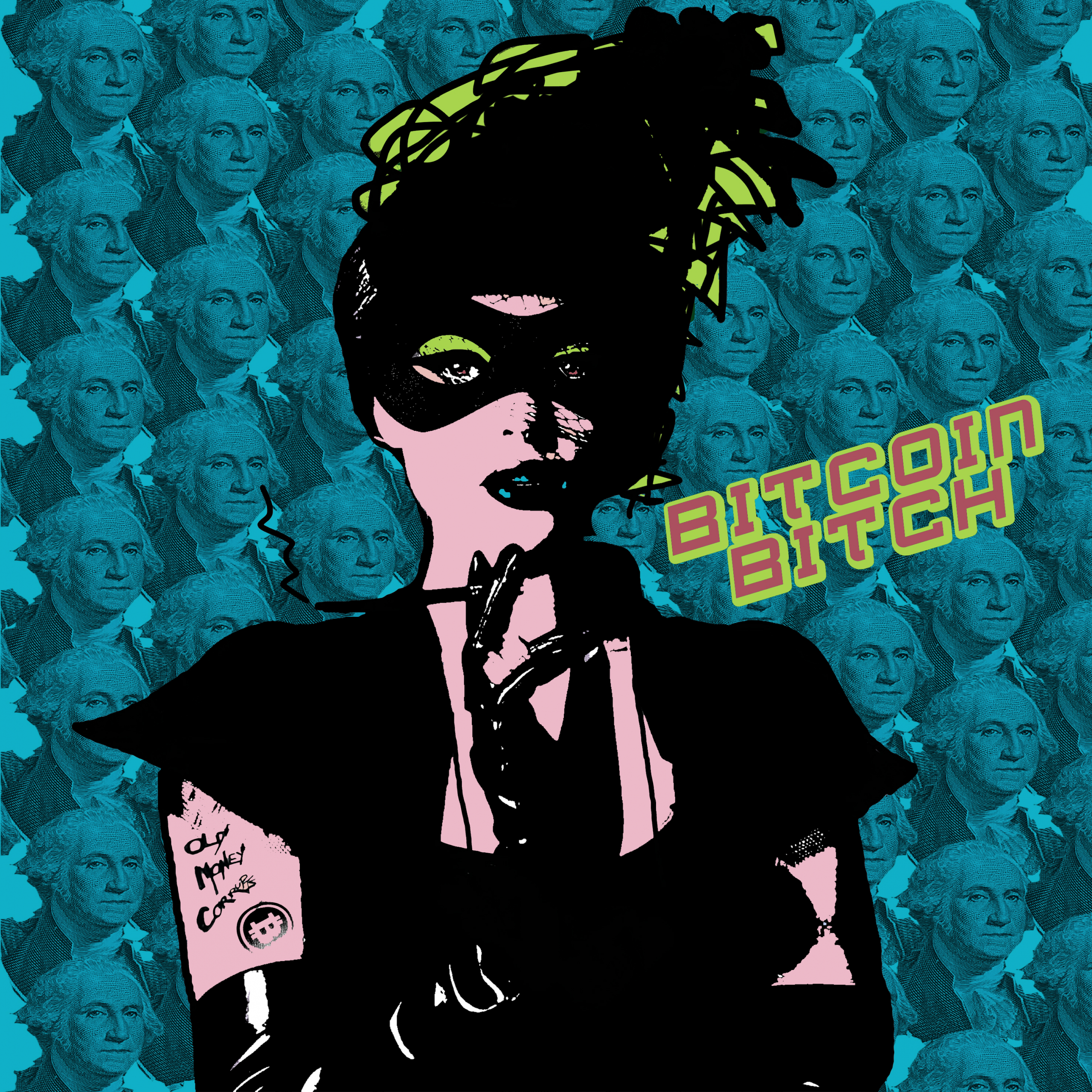
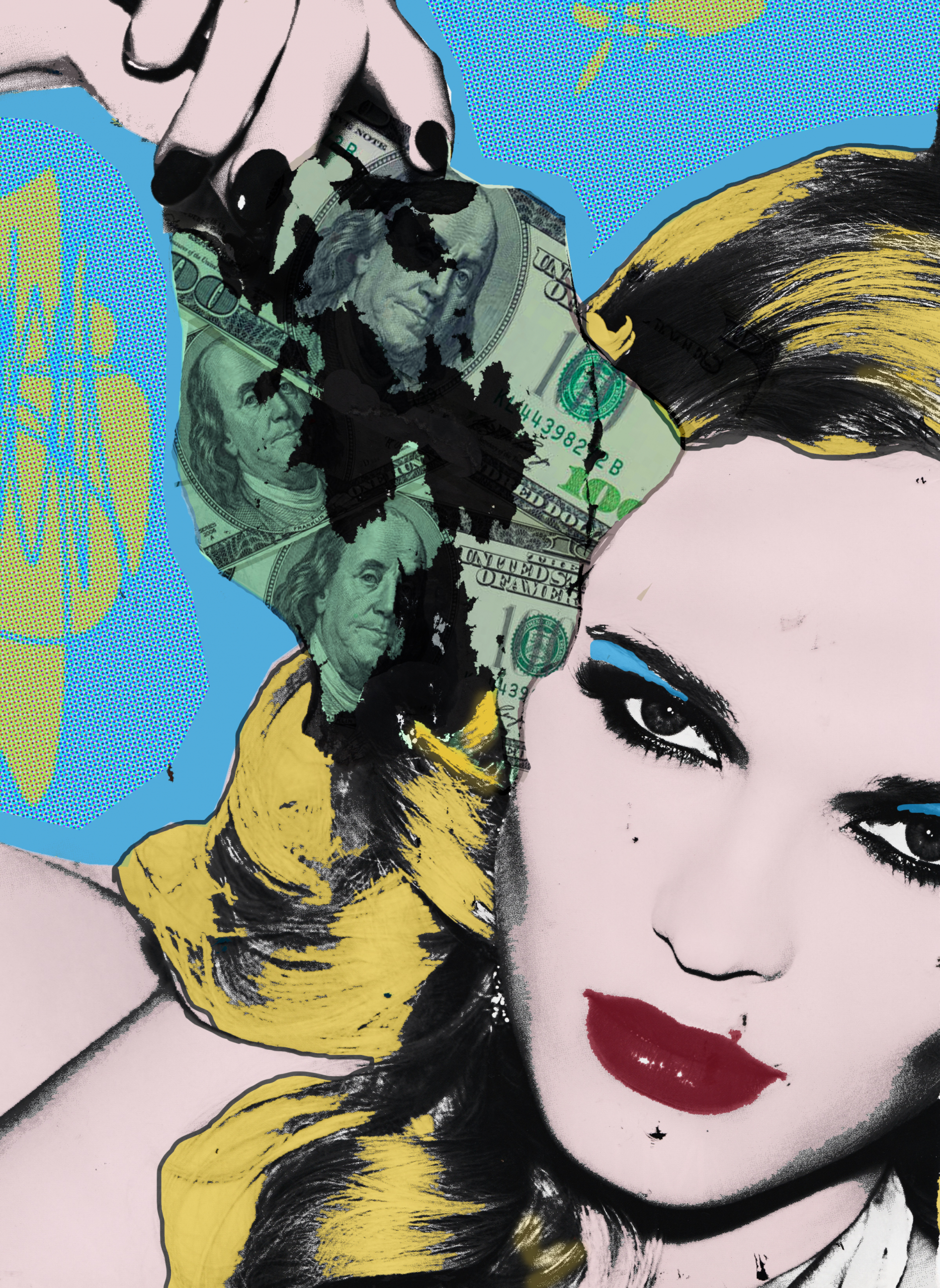
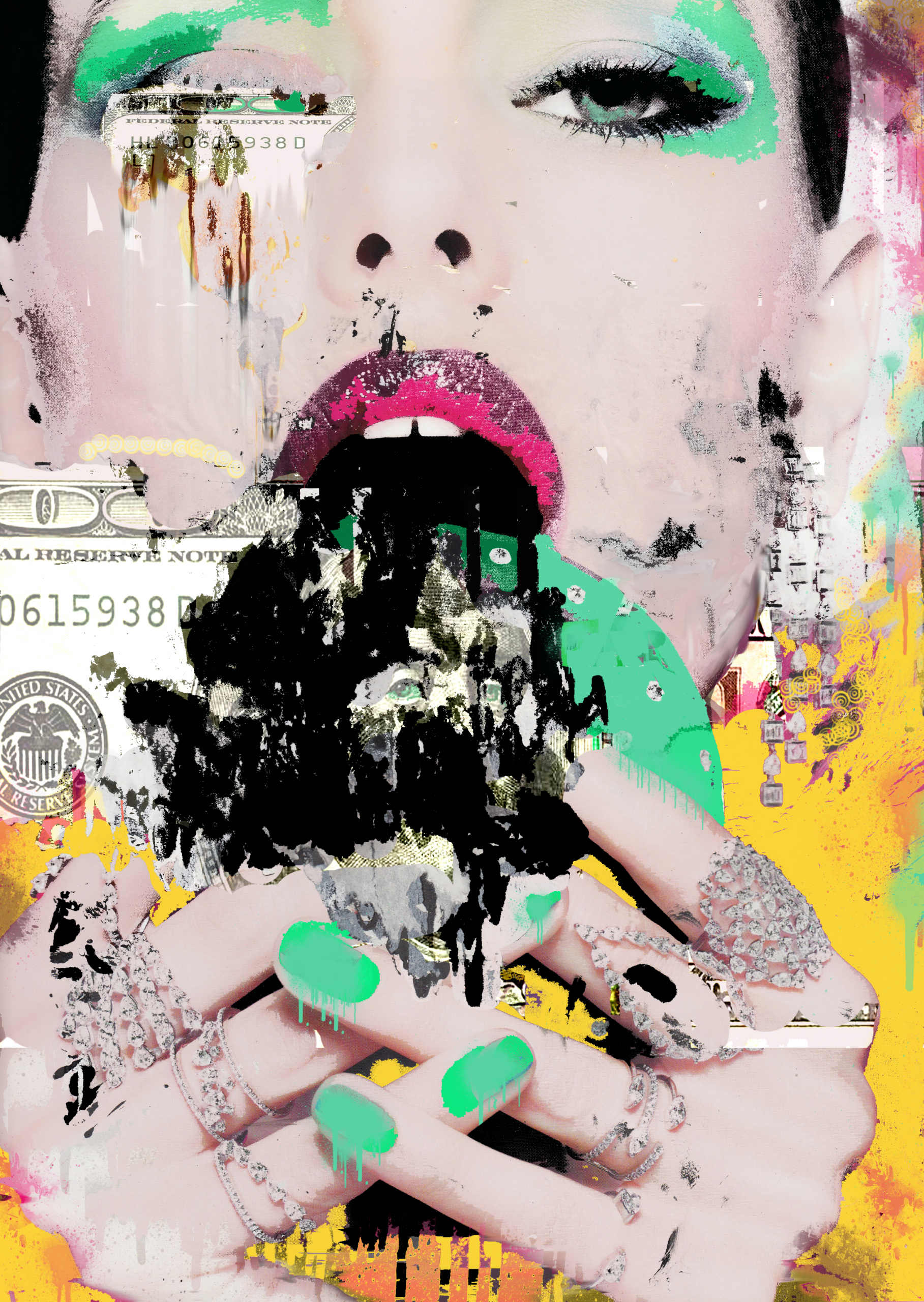
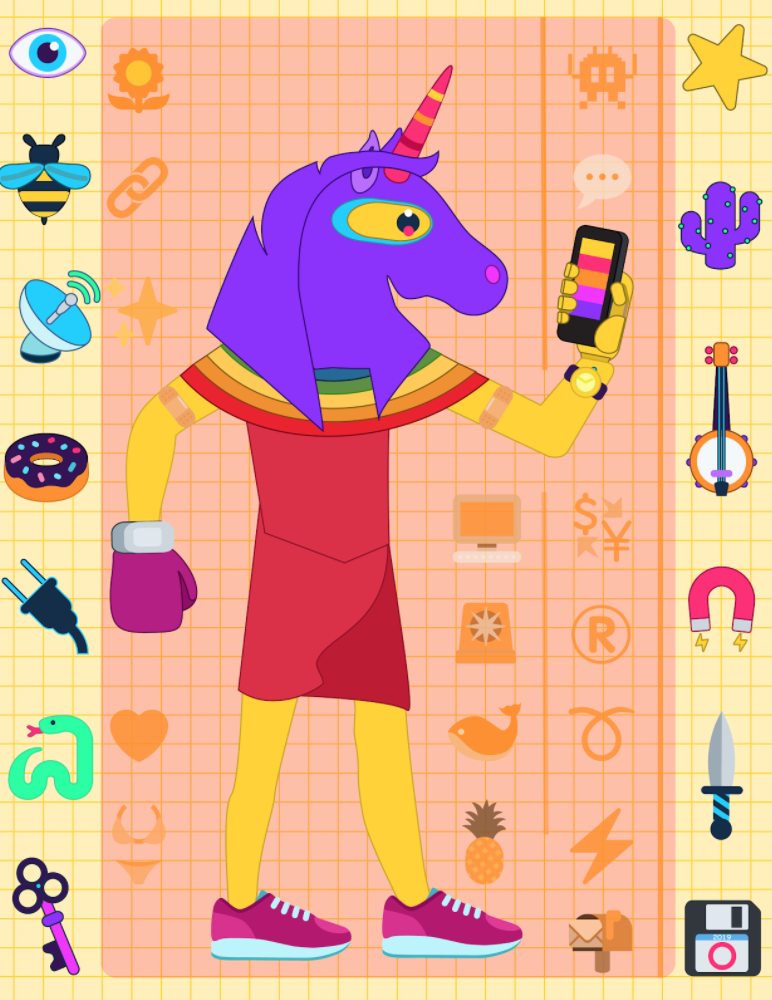
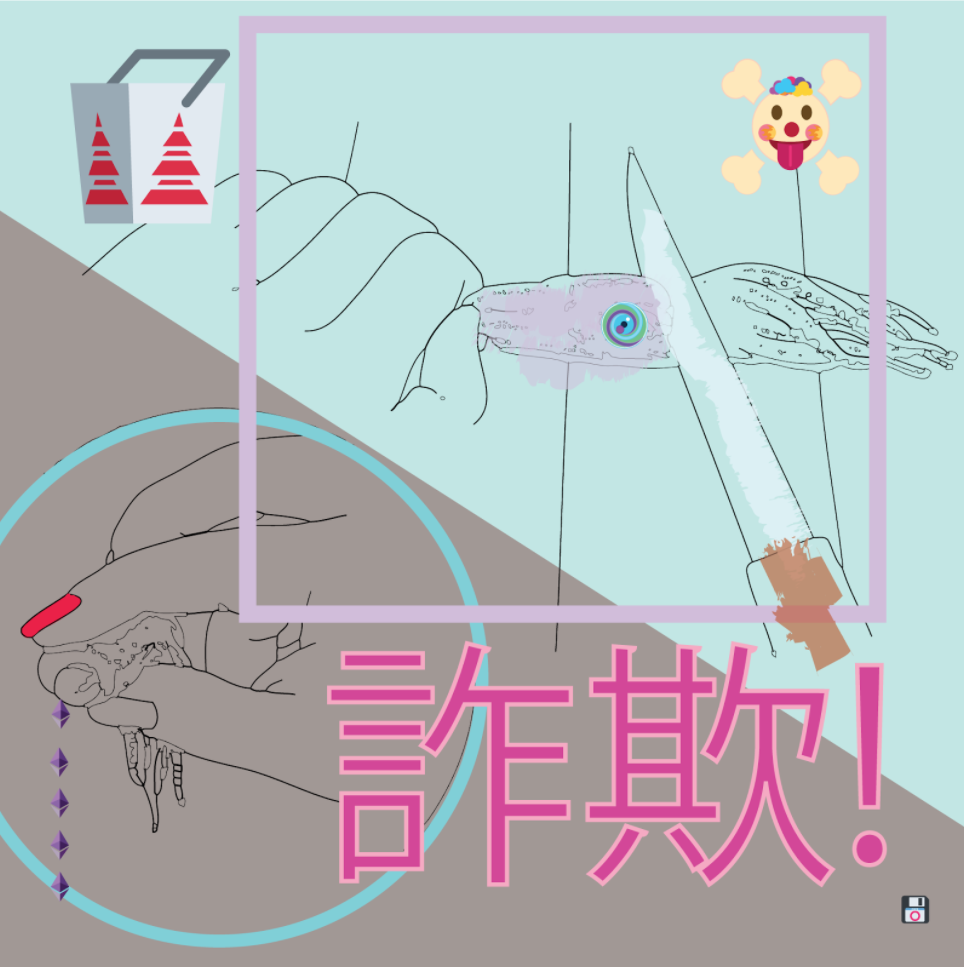
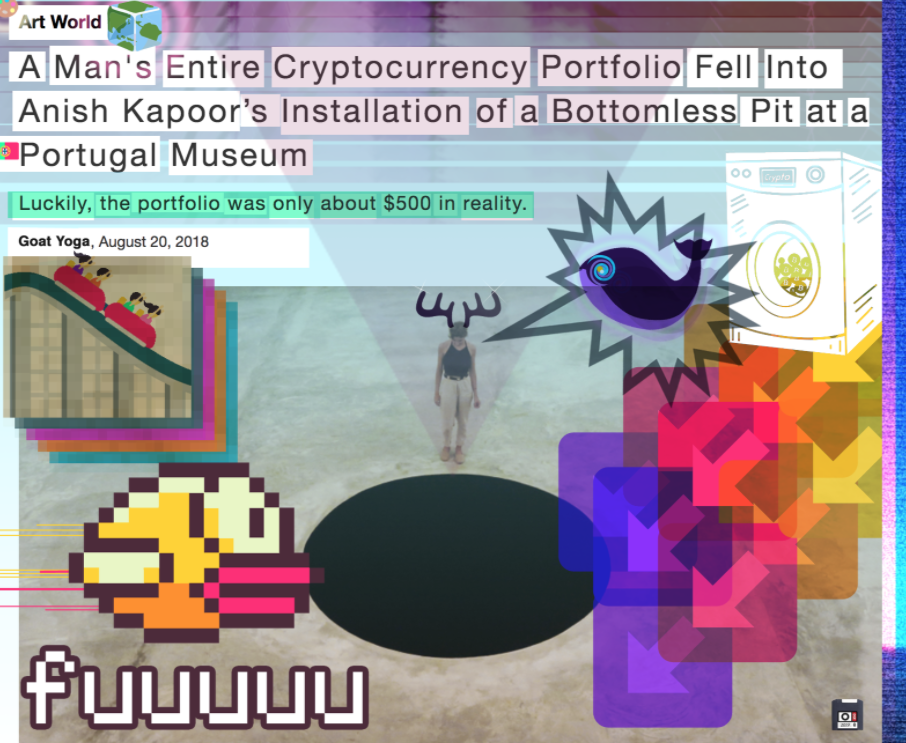
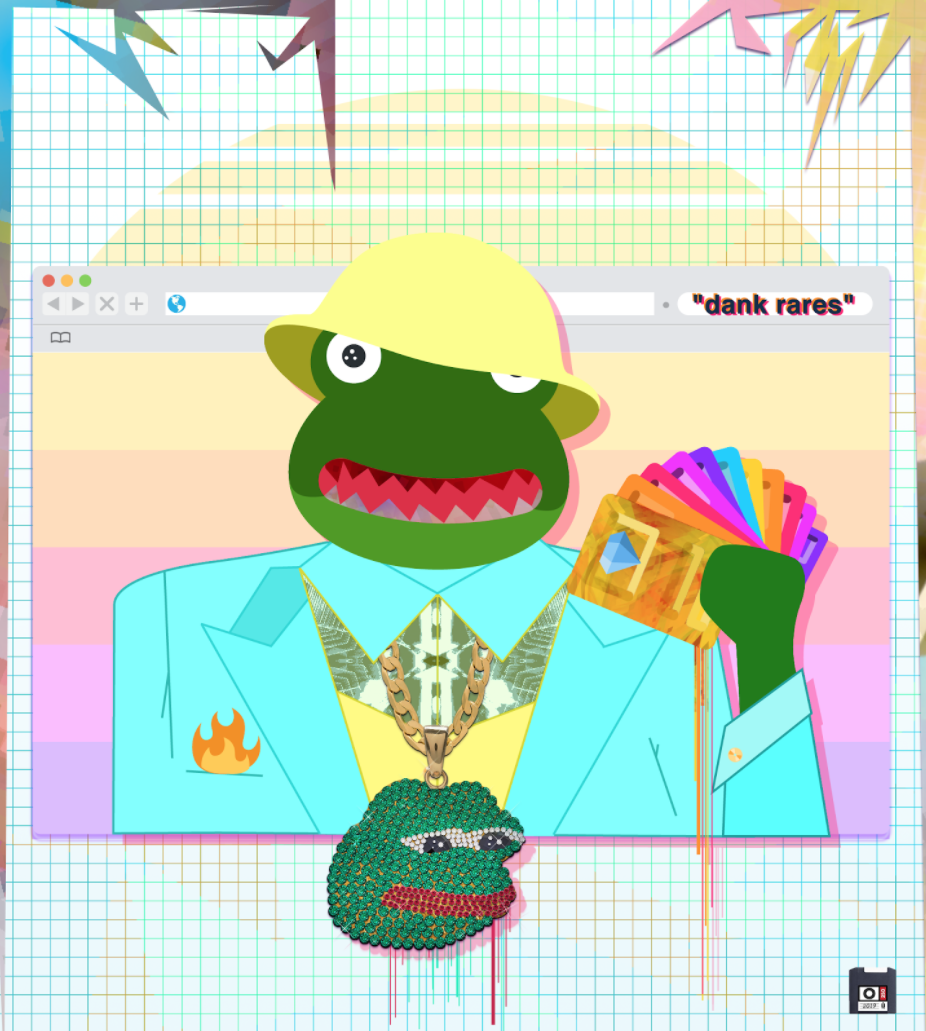
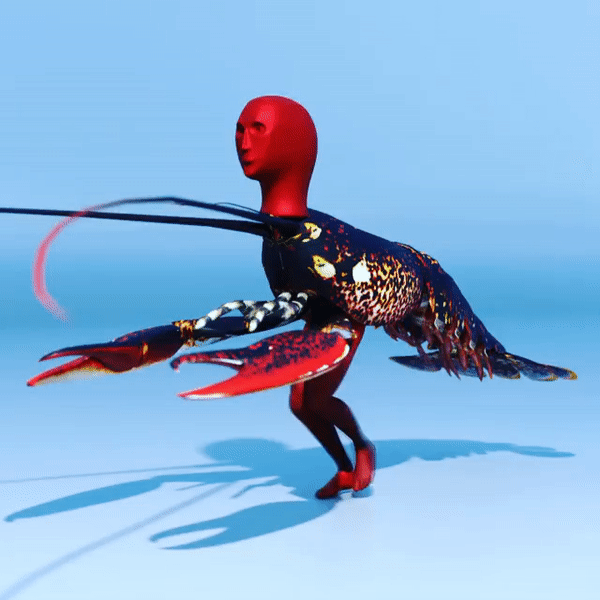
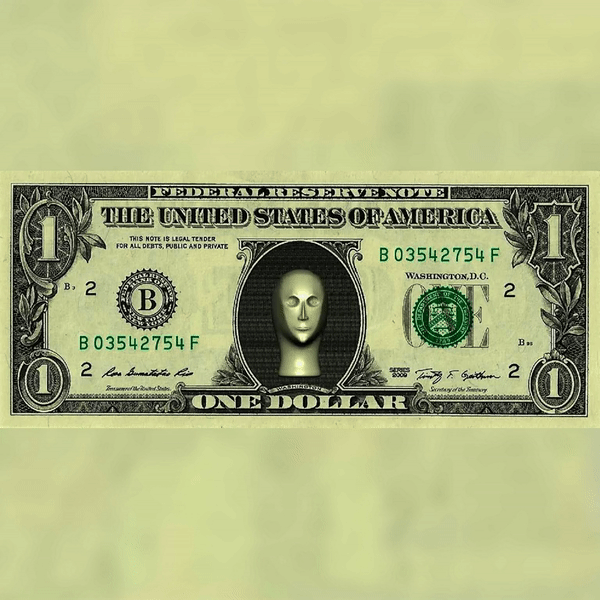
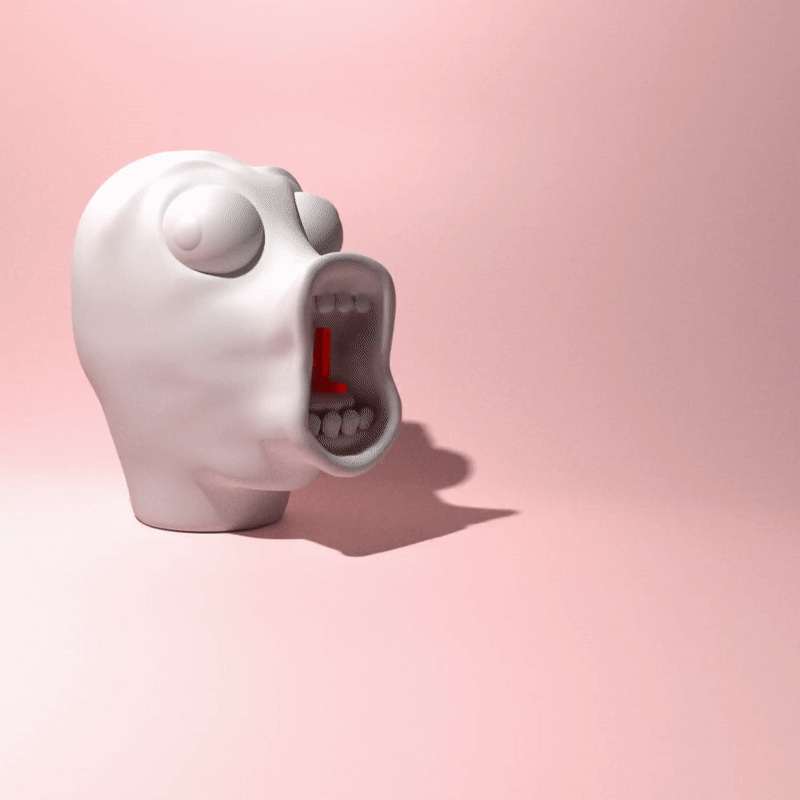
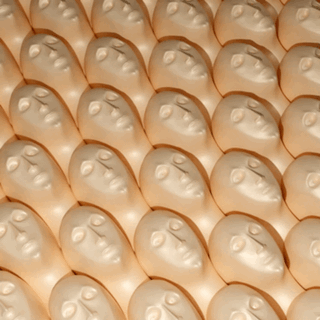
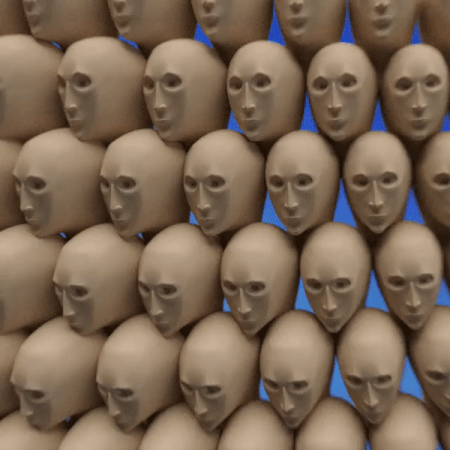
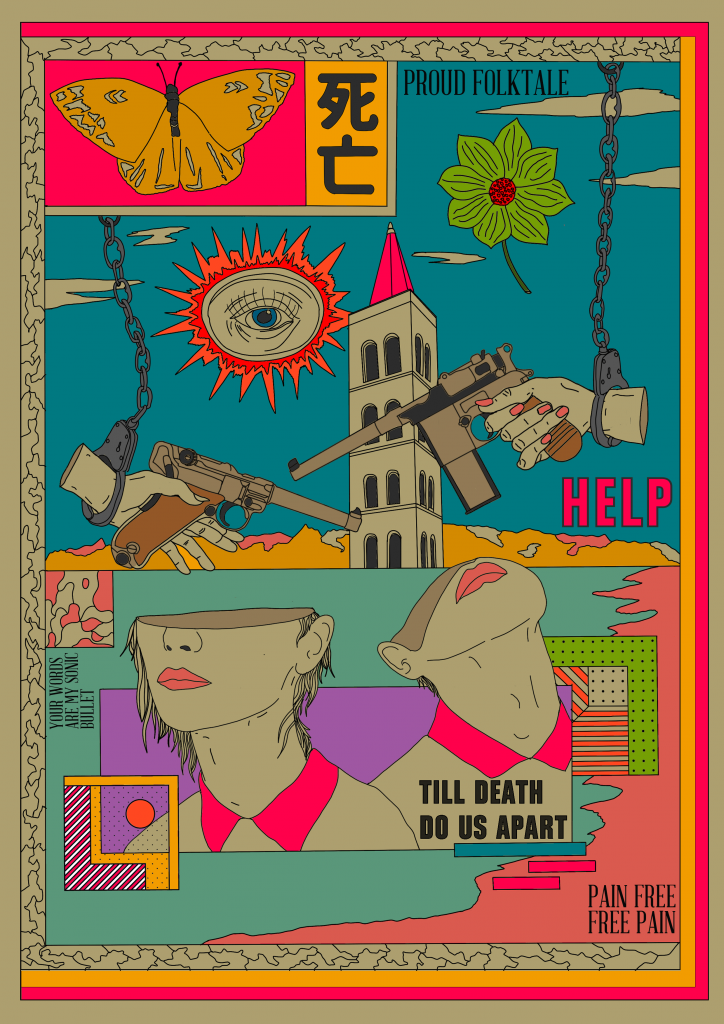
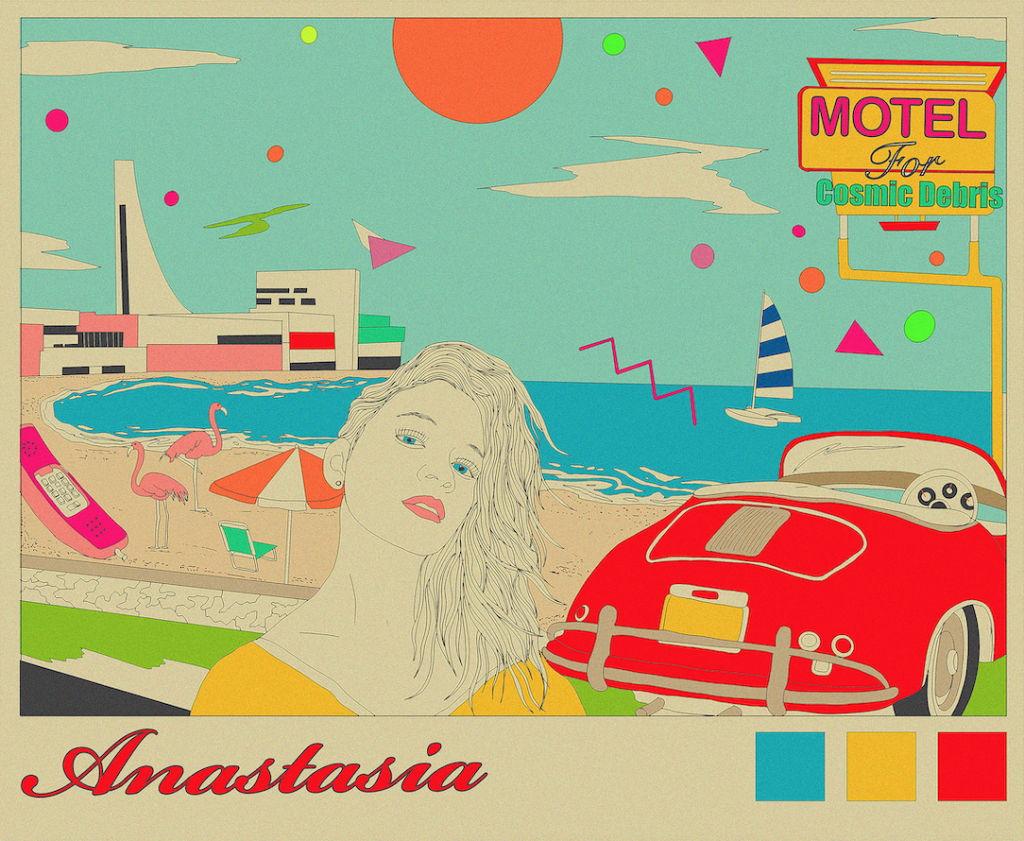



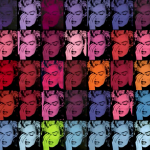

where is the link for decentraland? I’m looking for it for hours